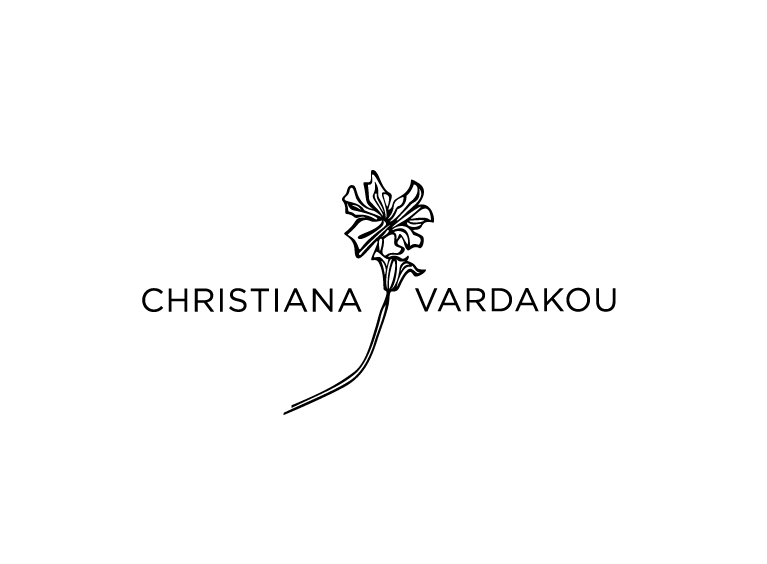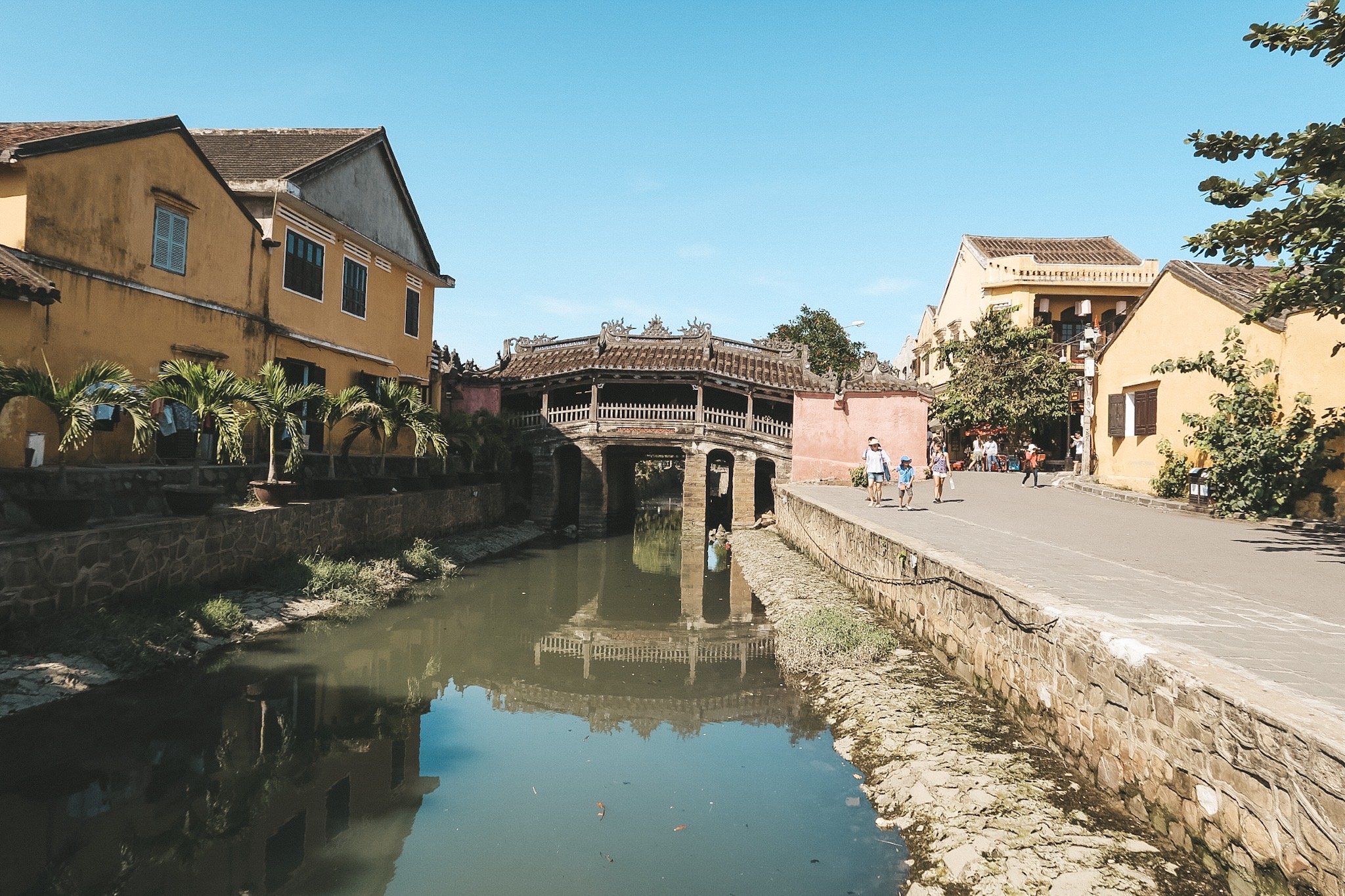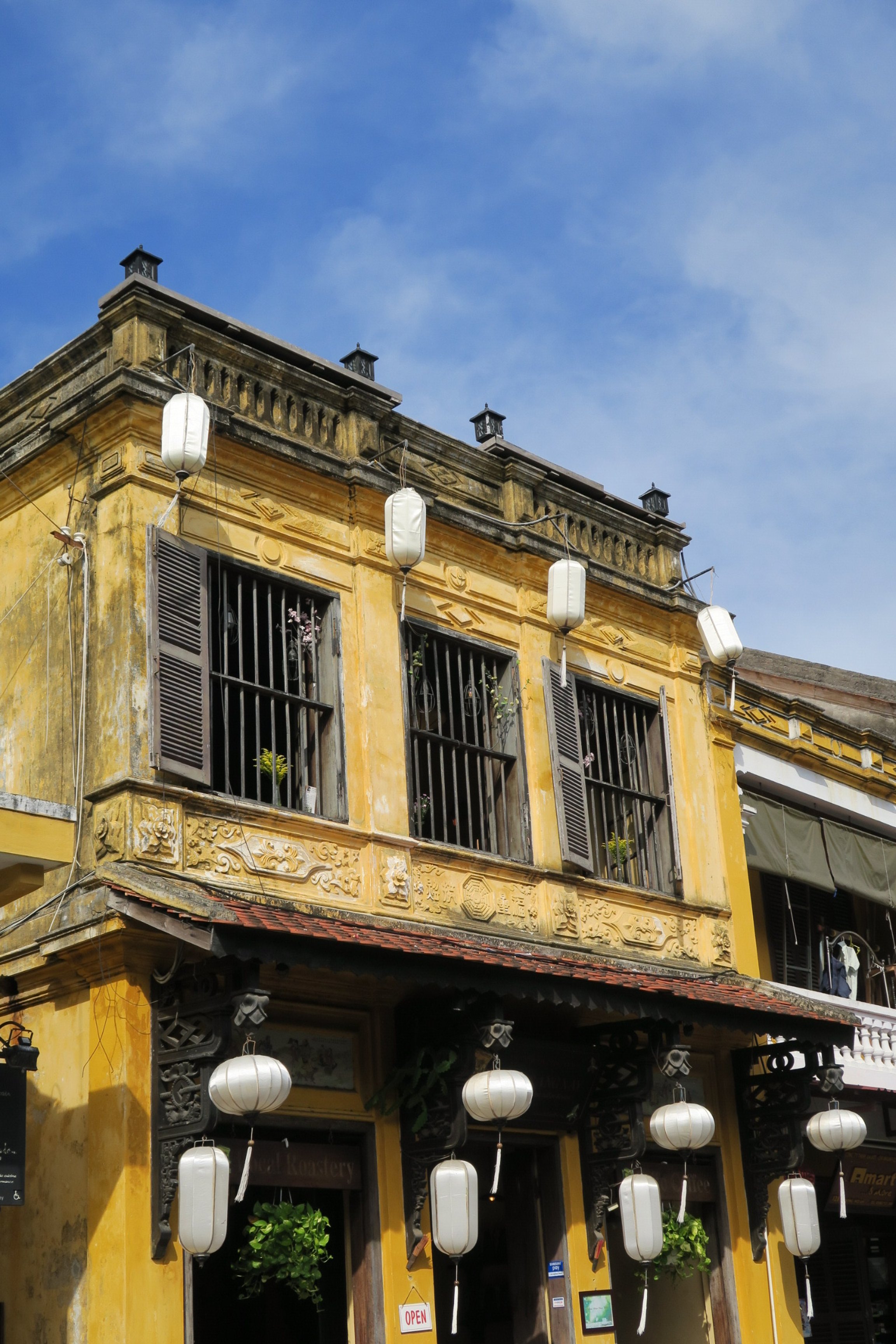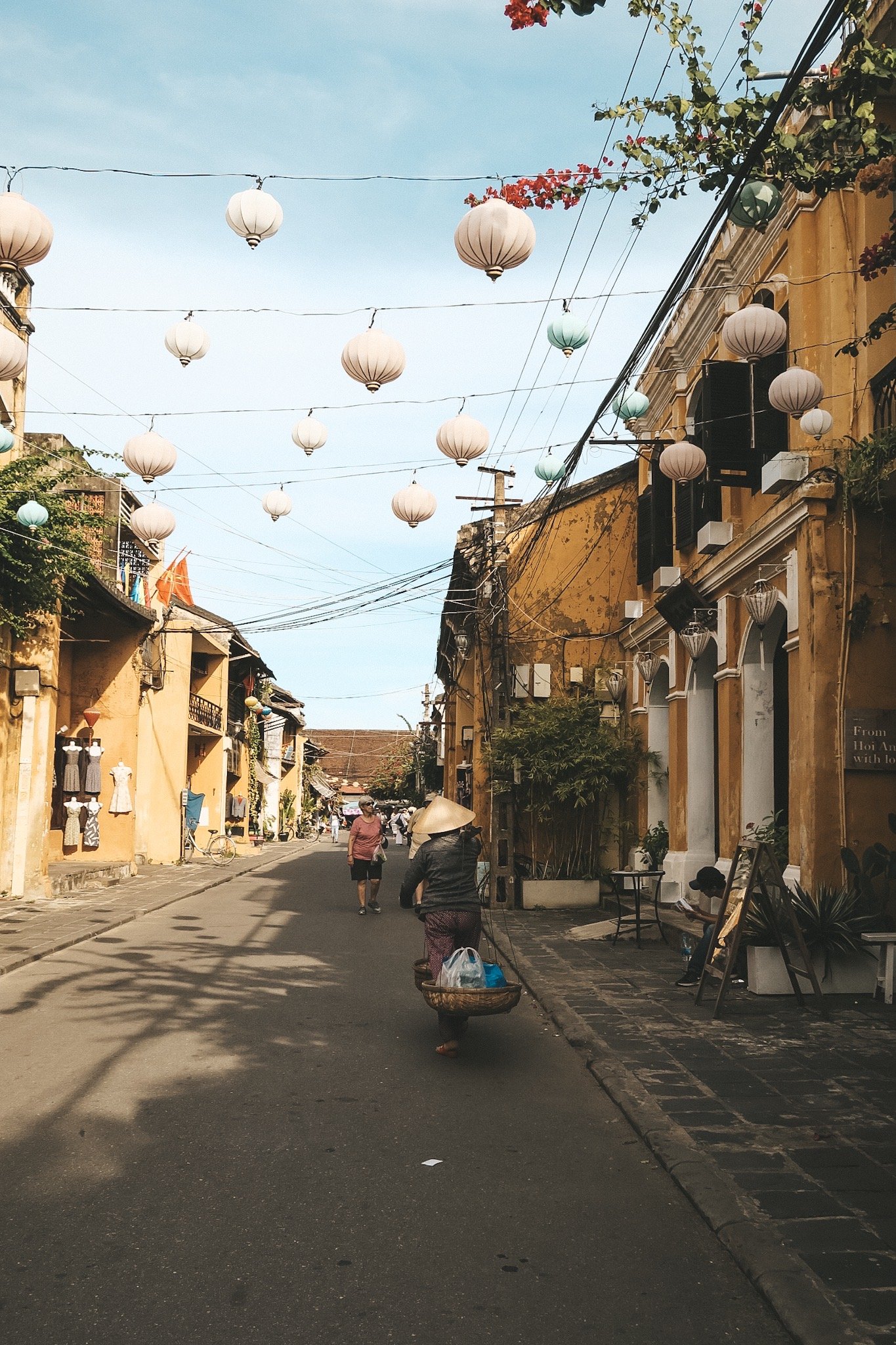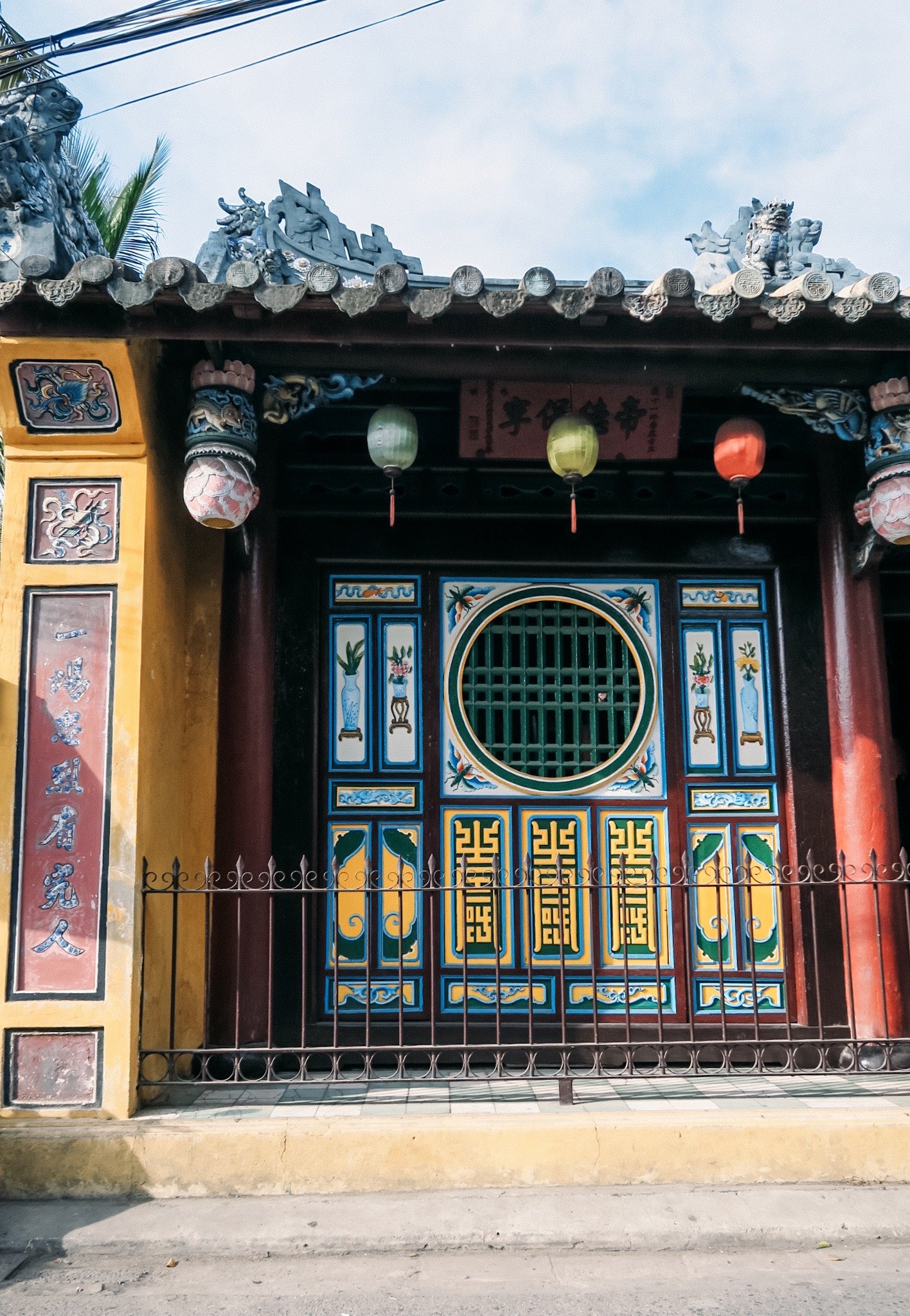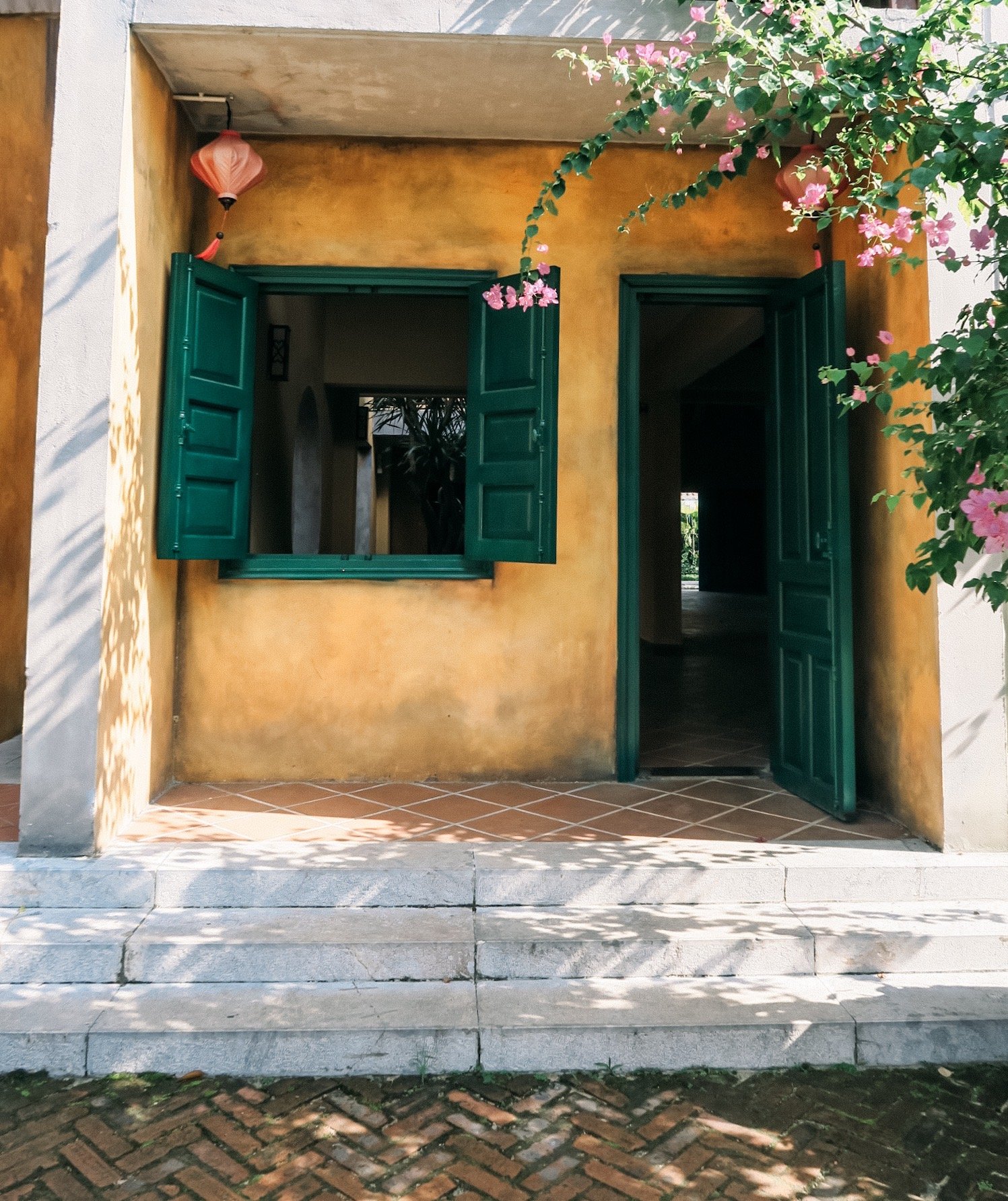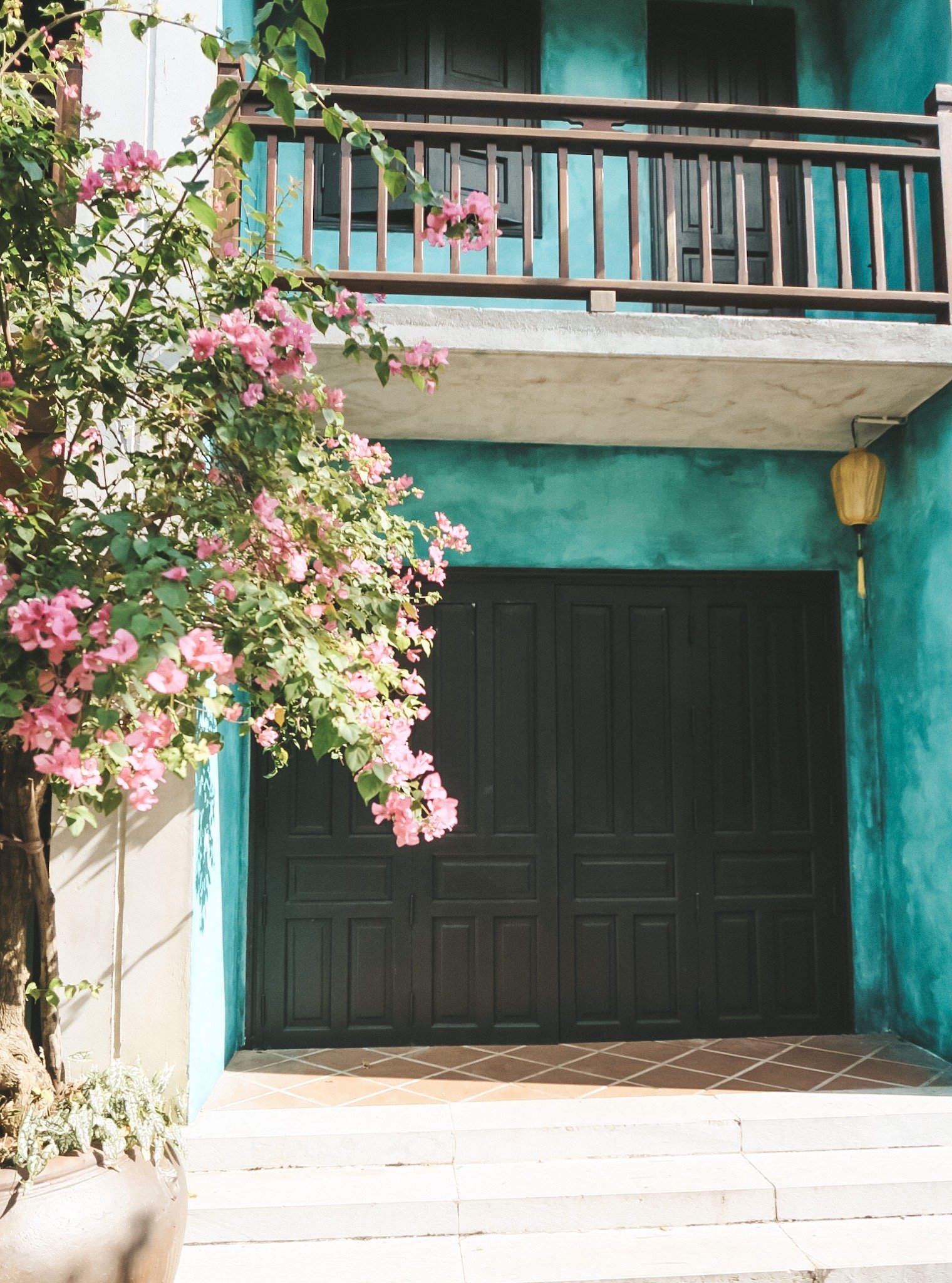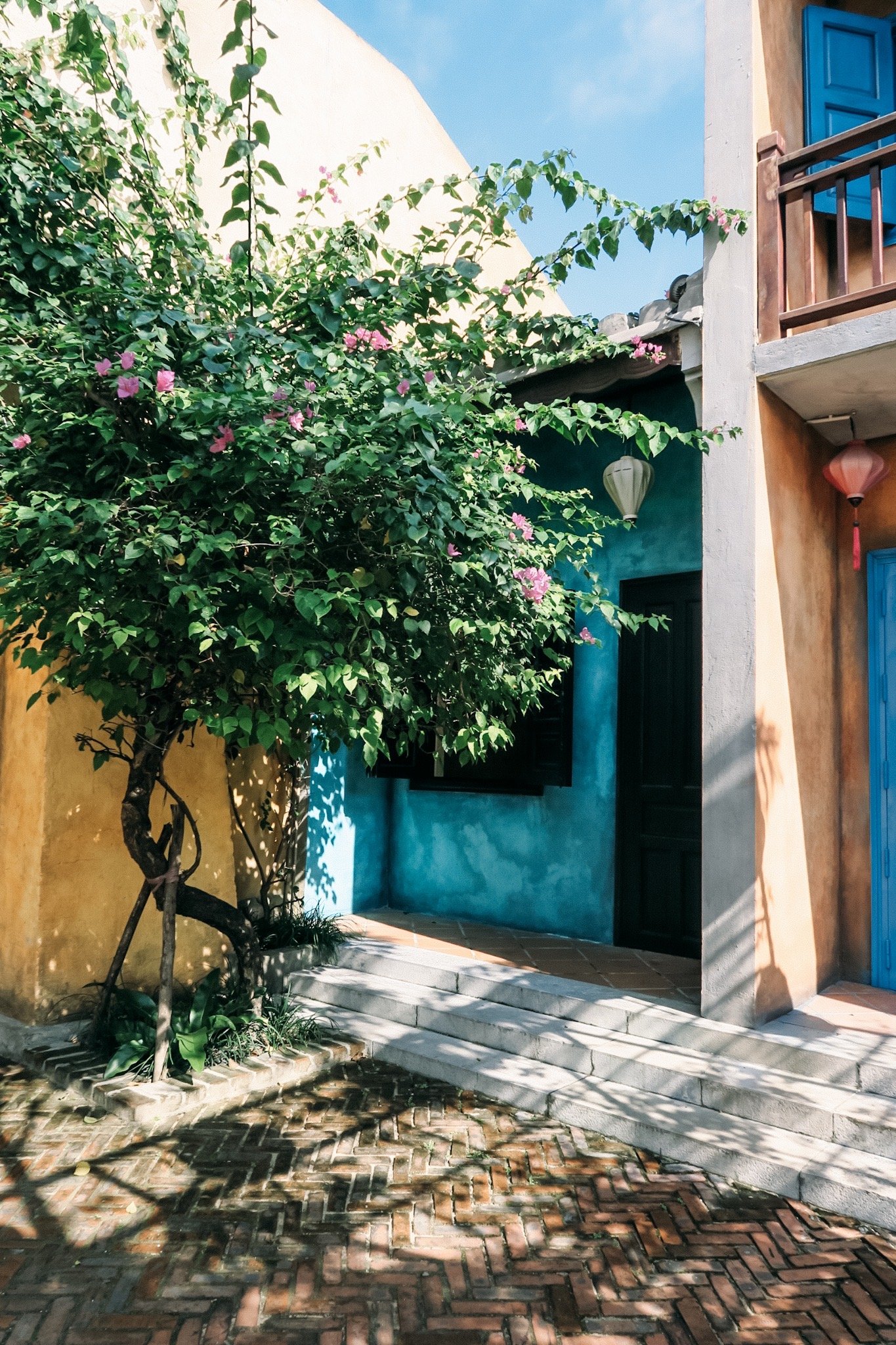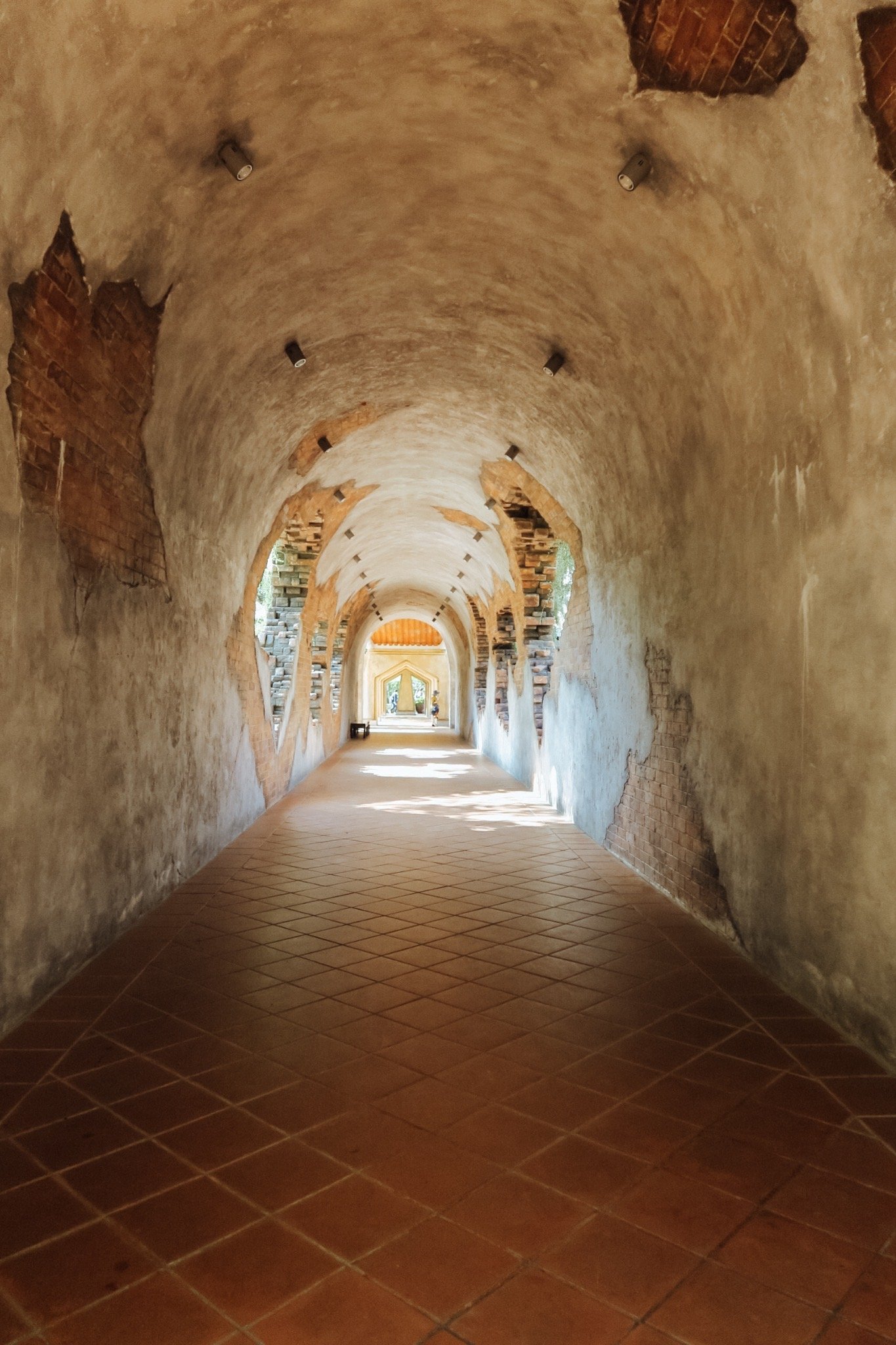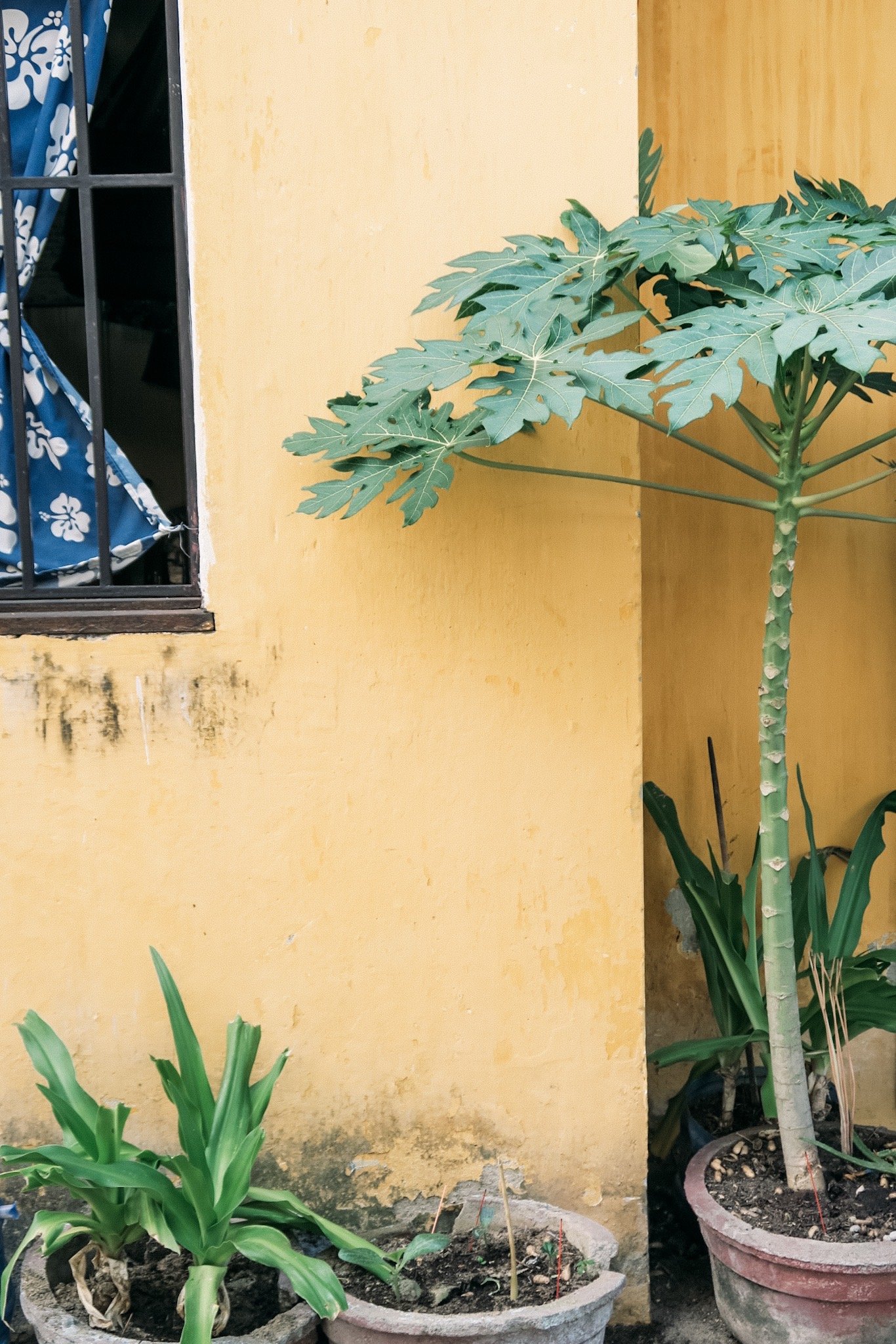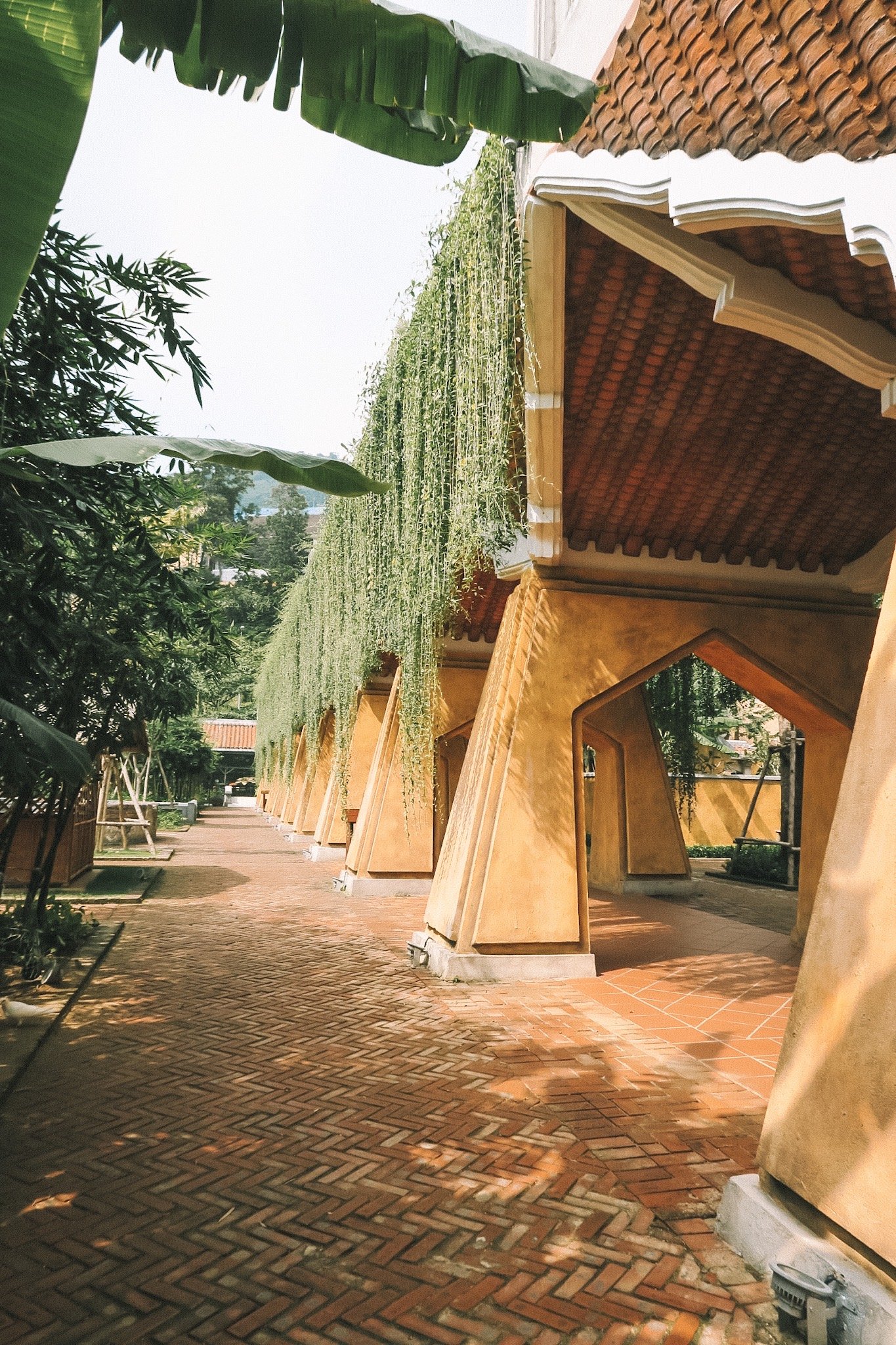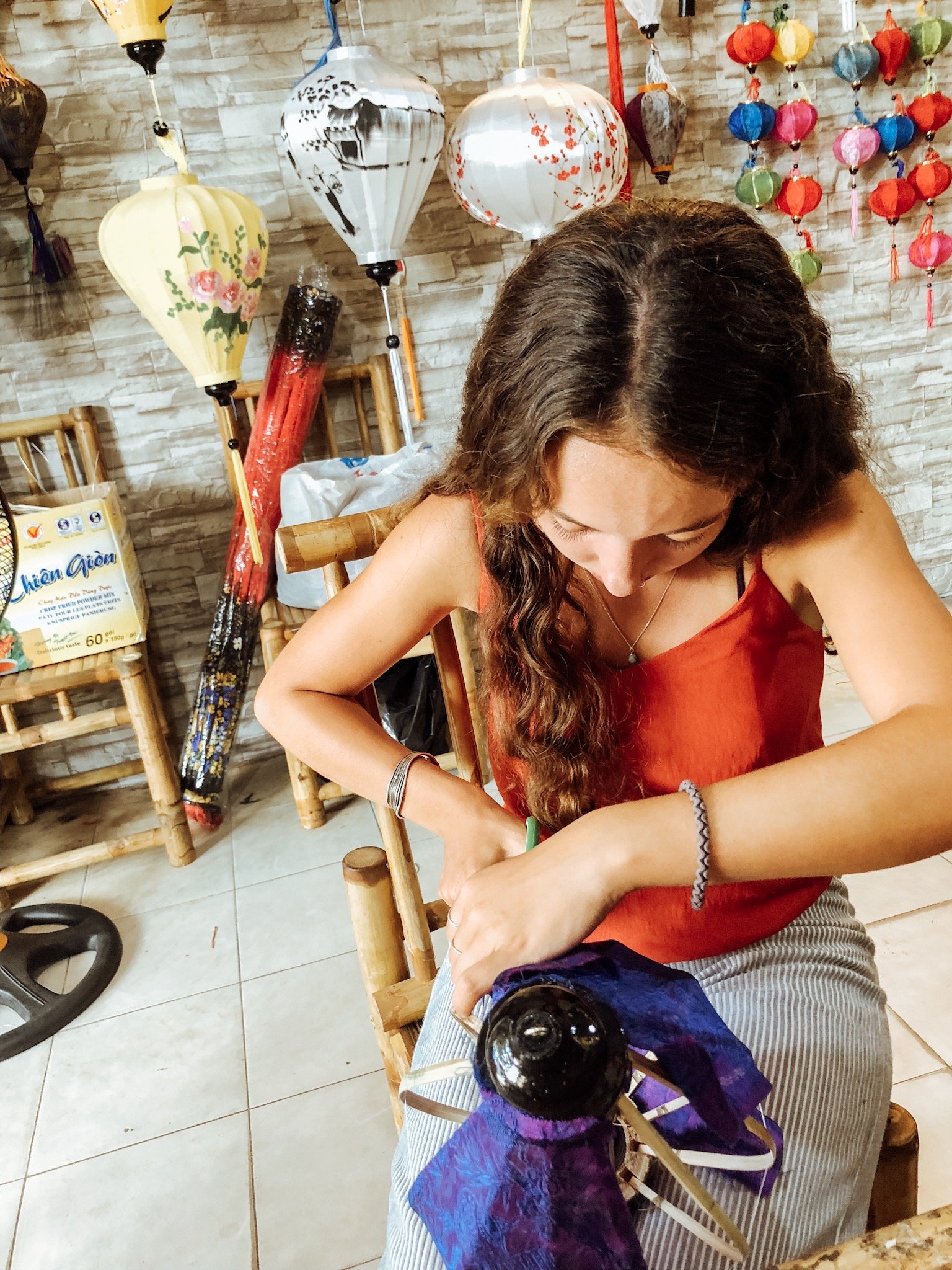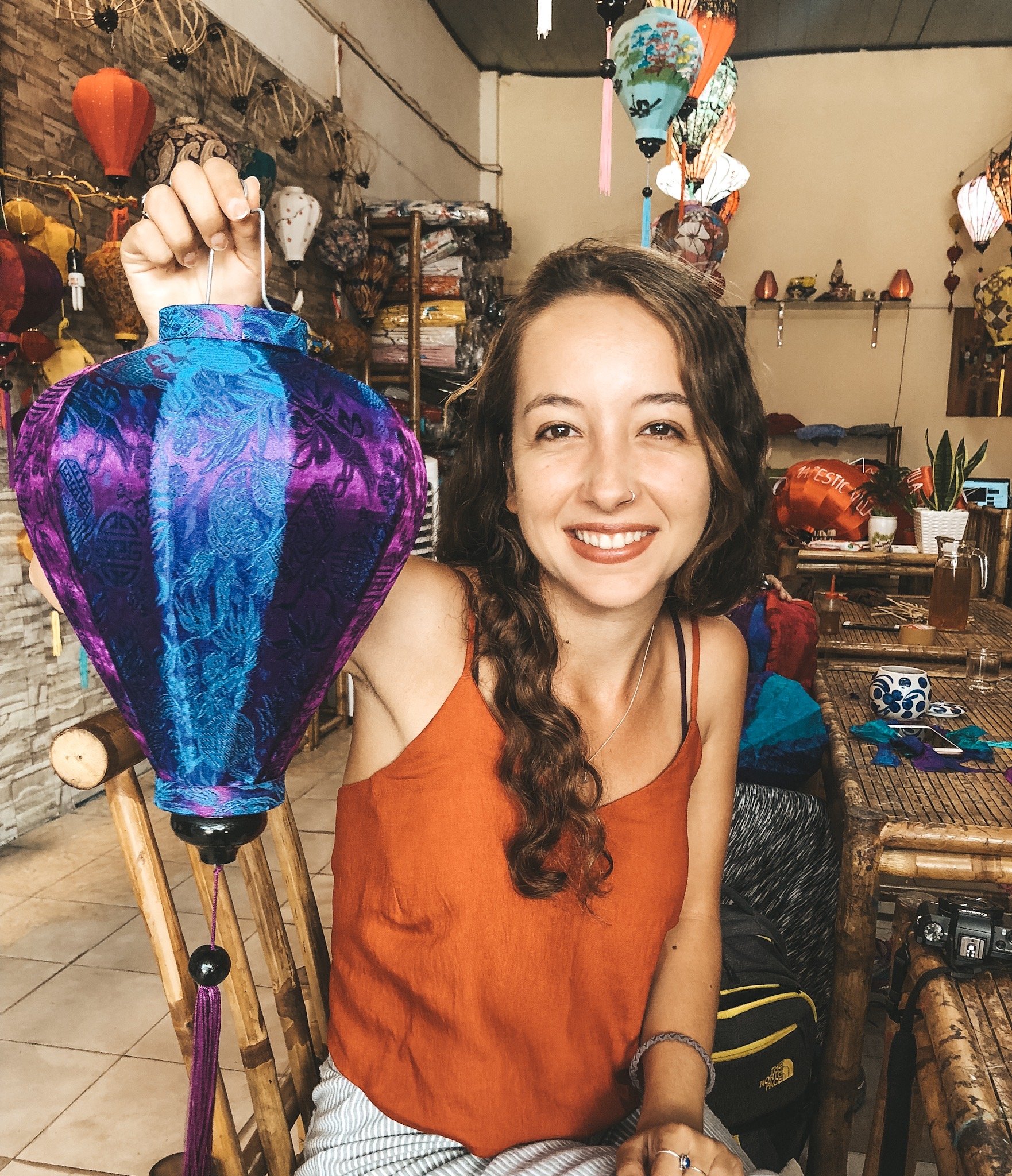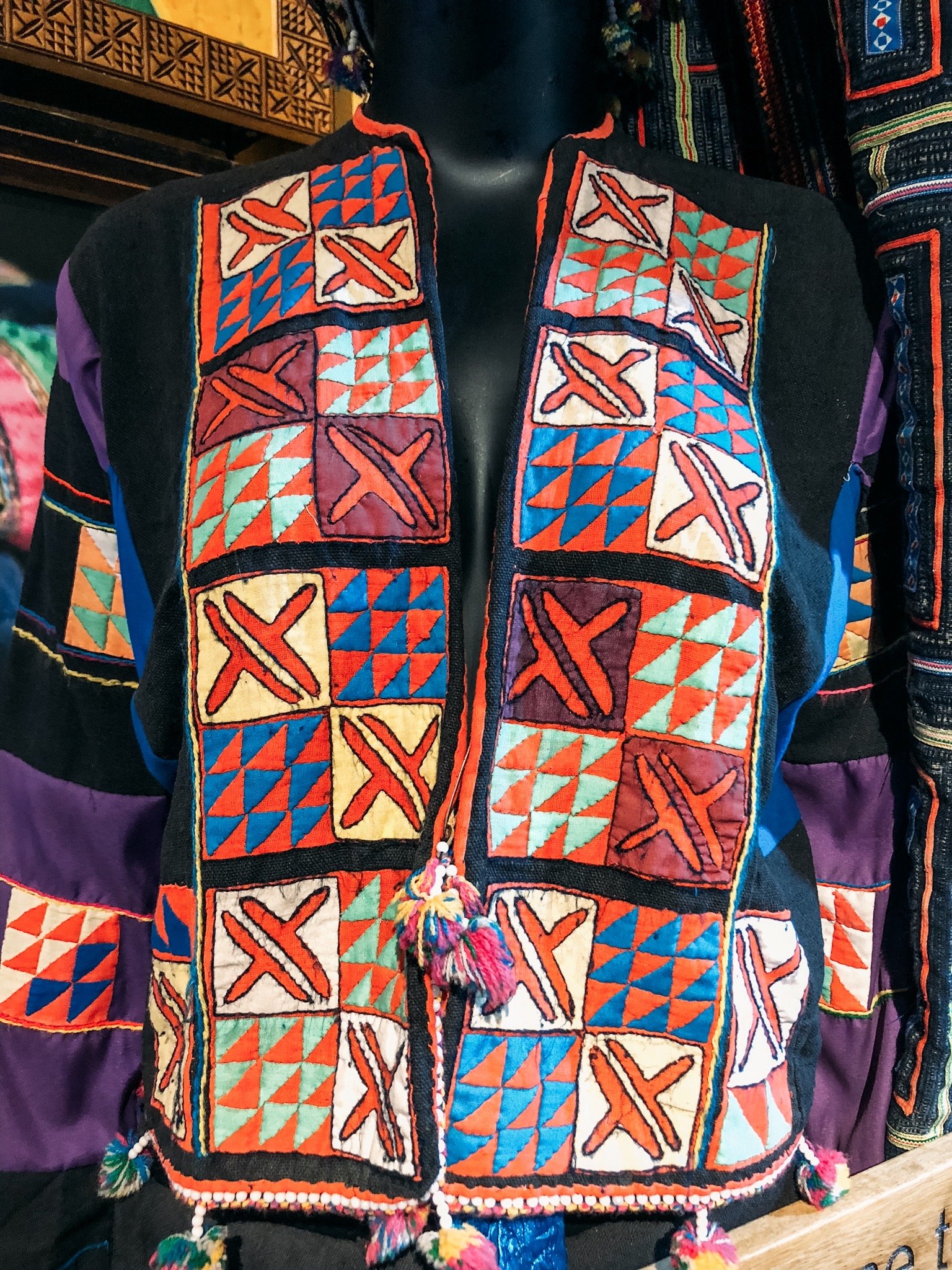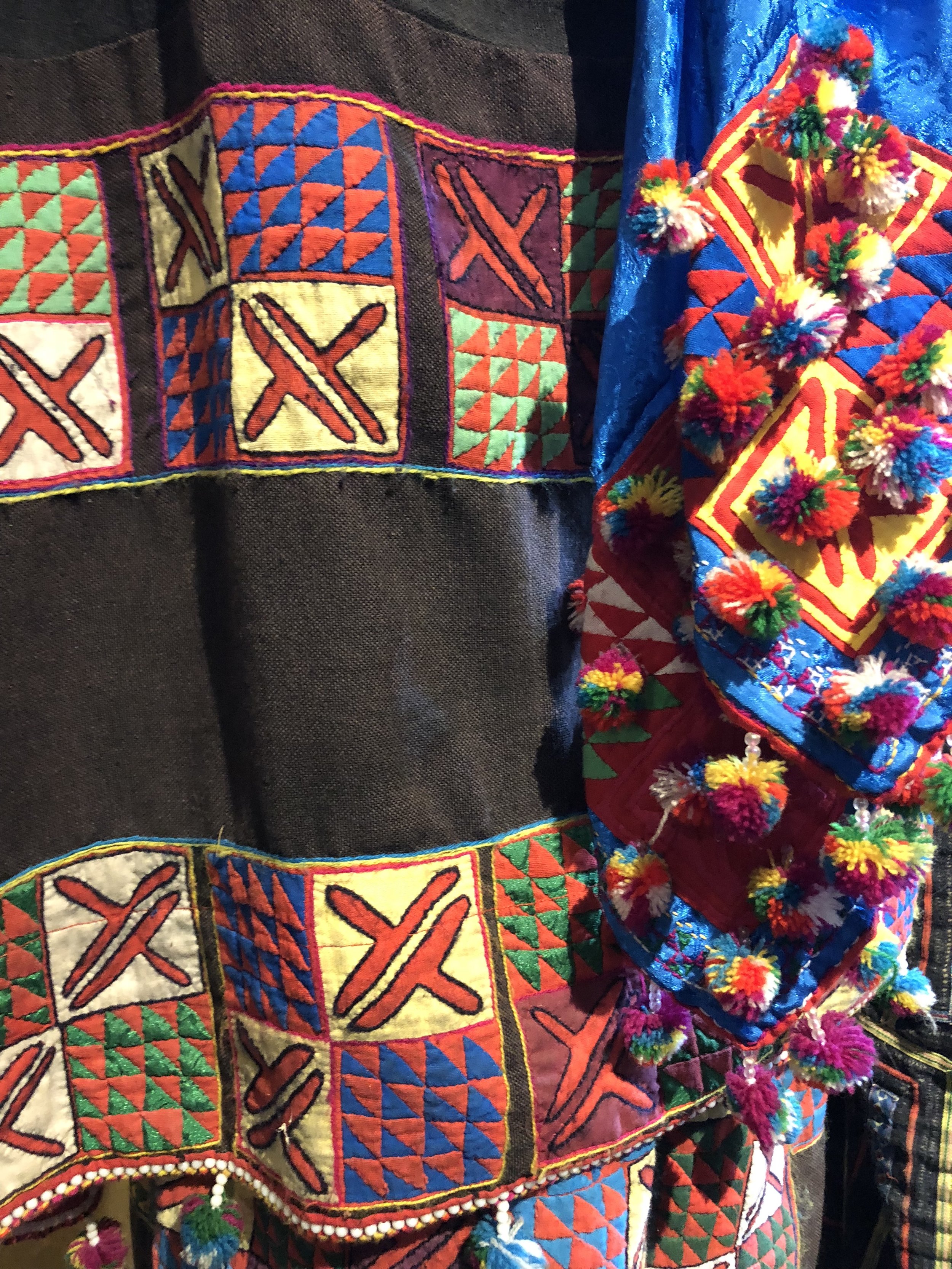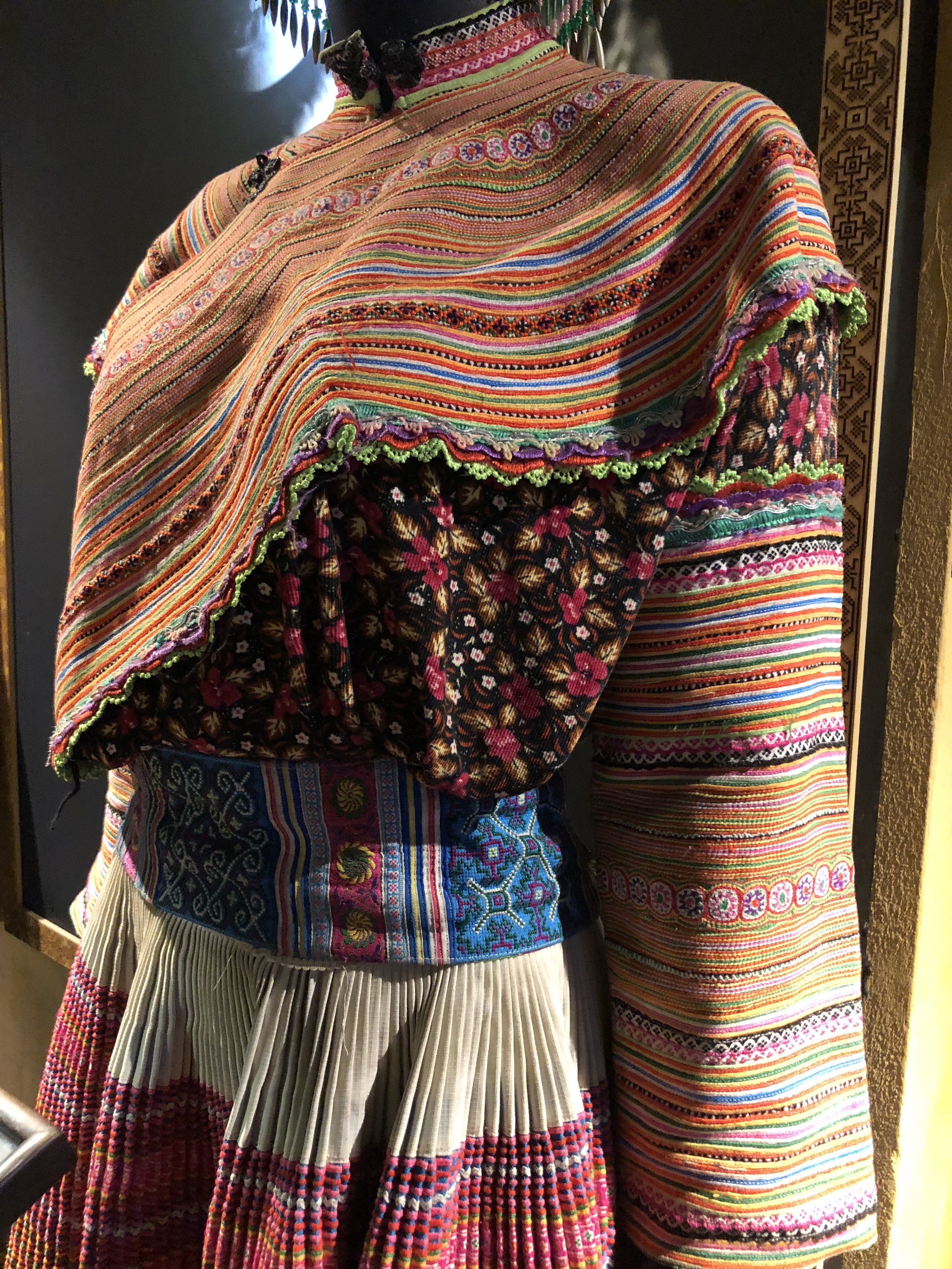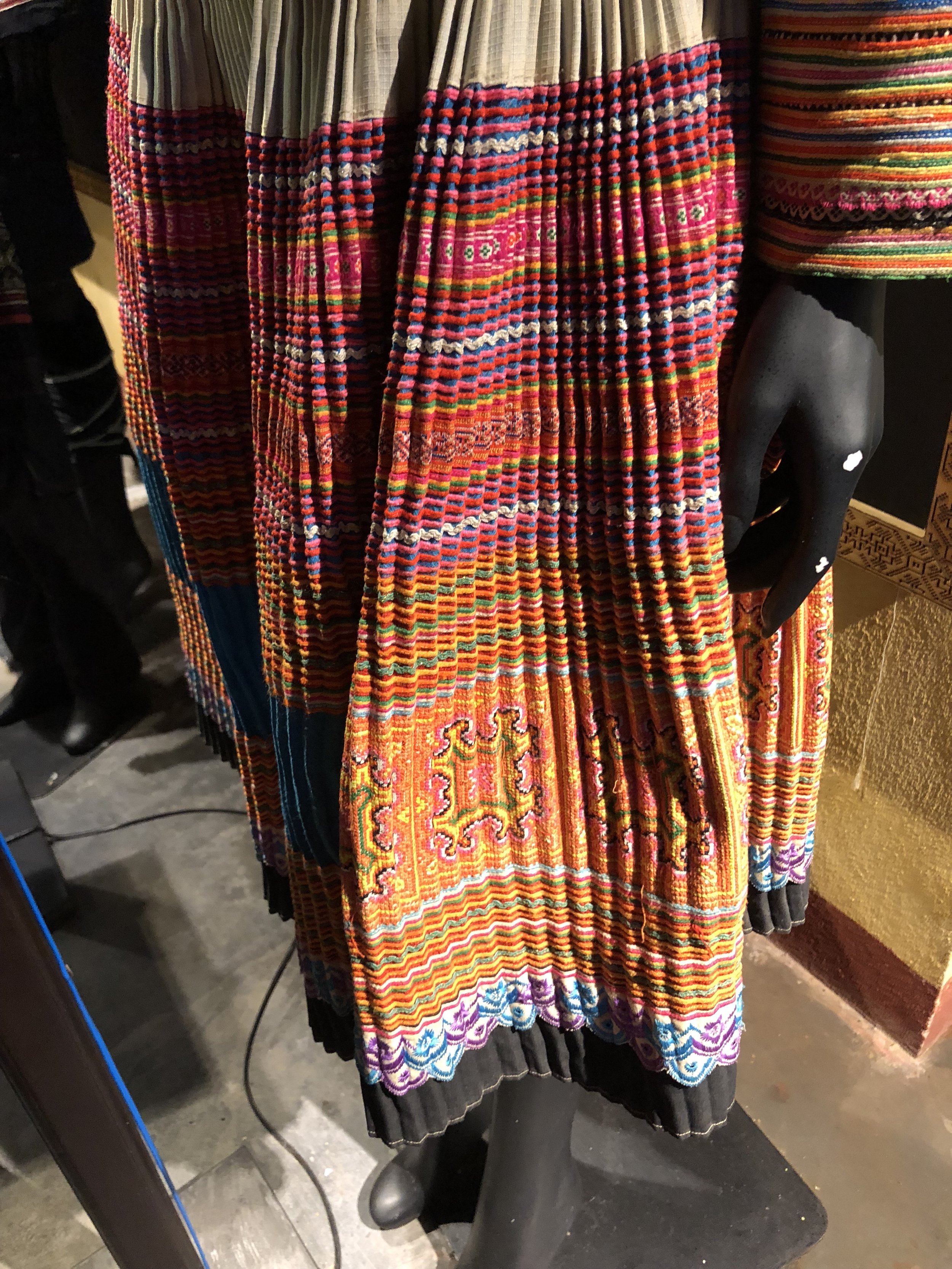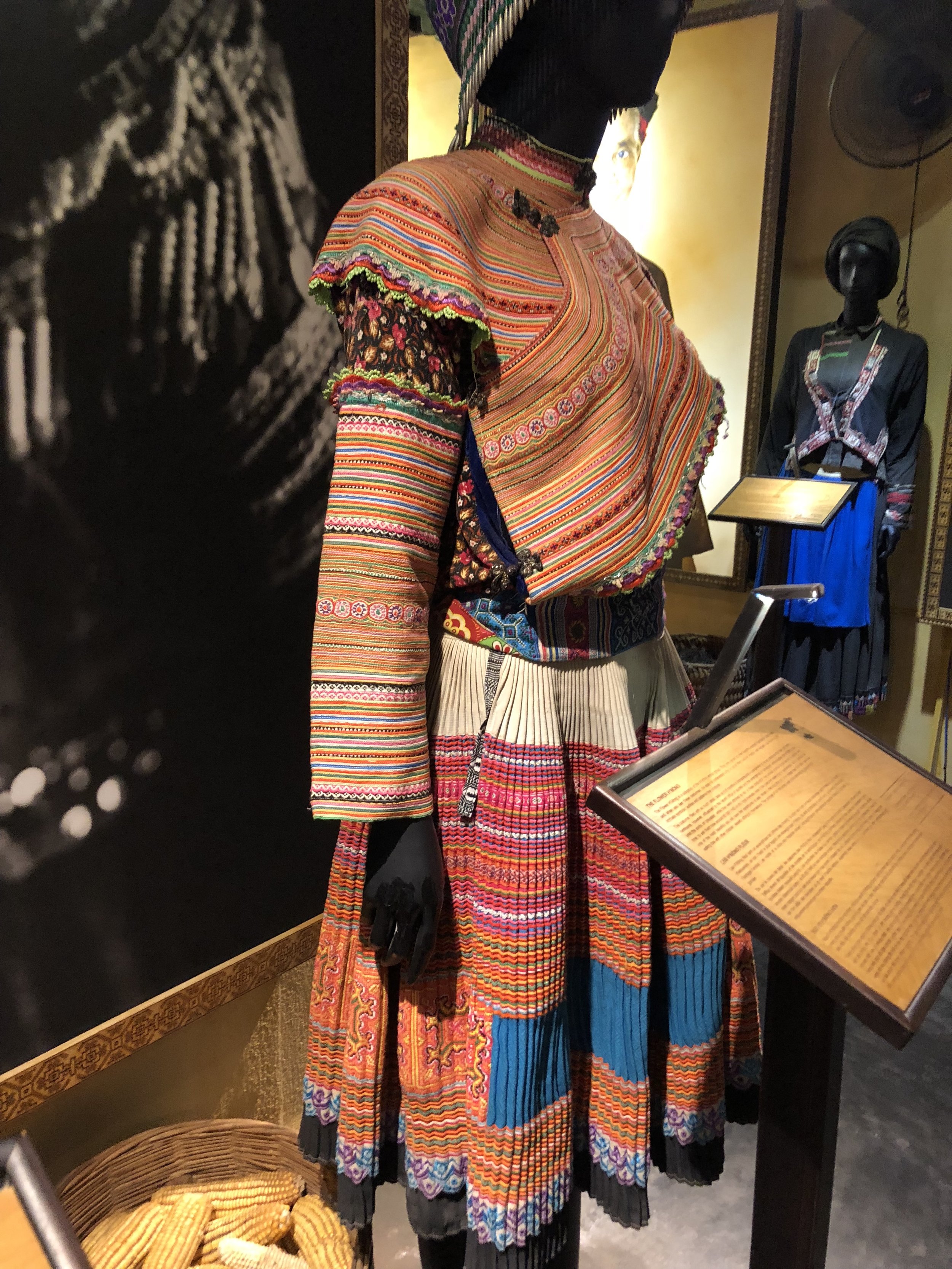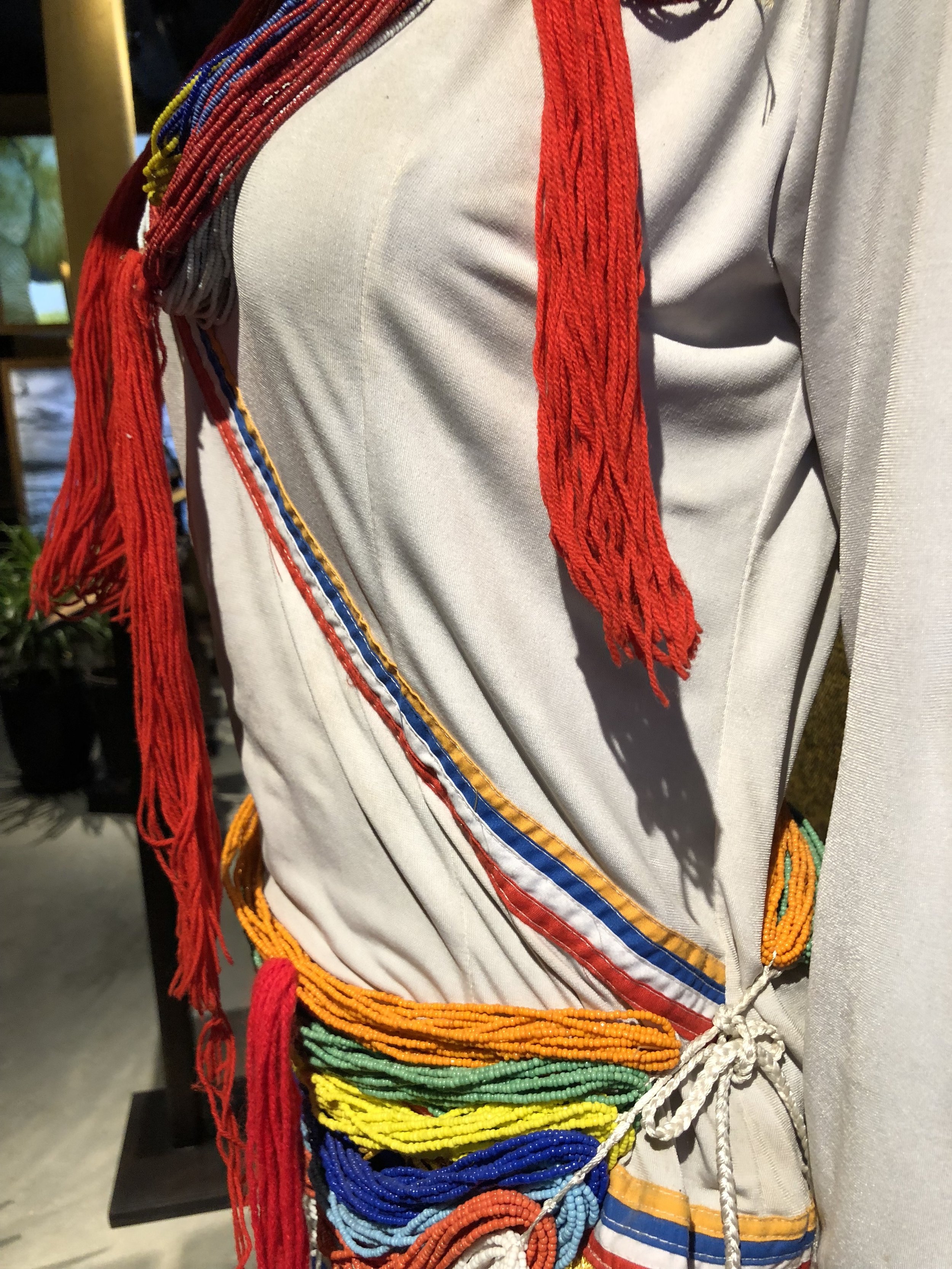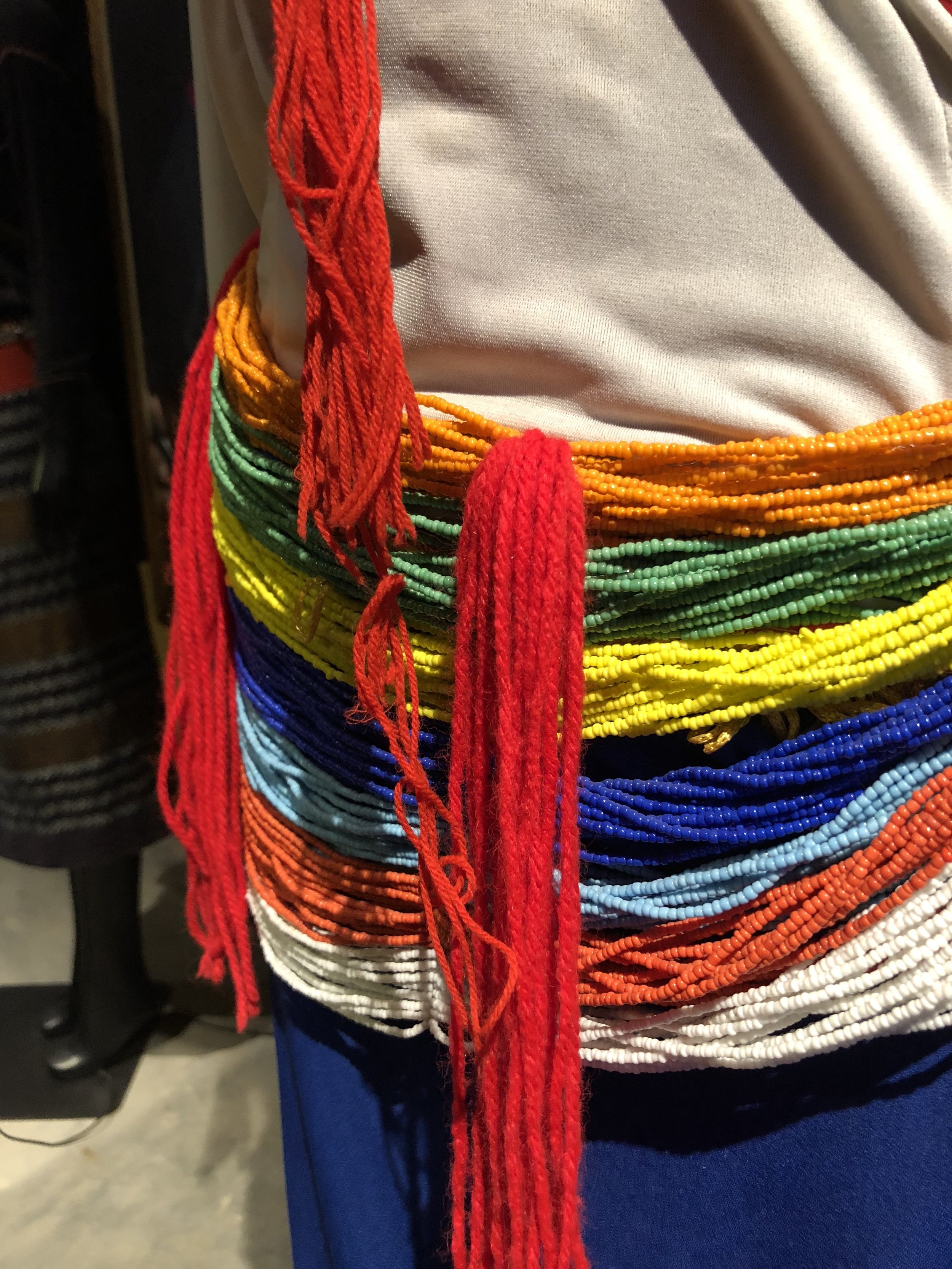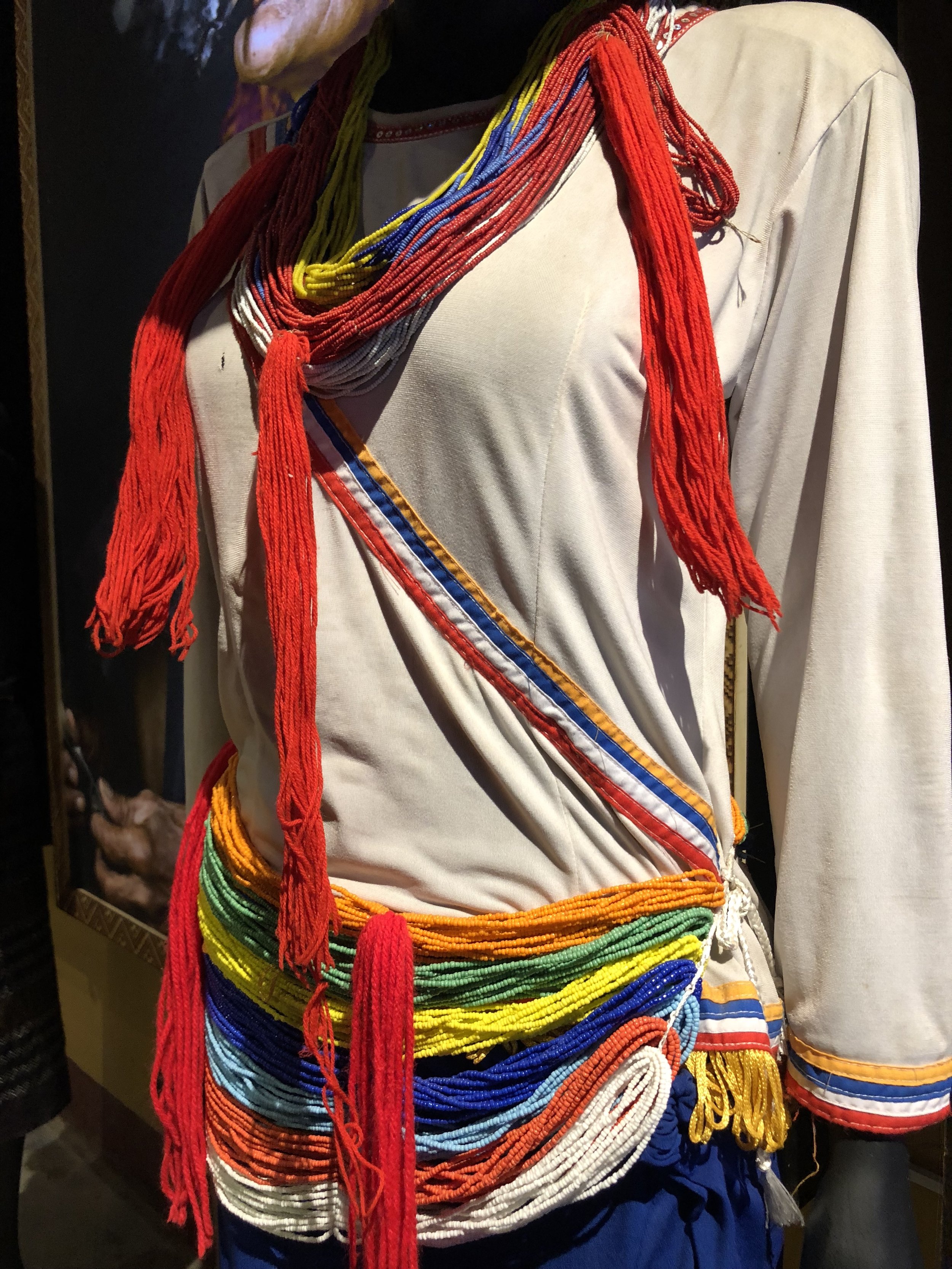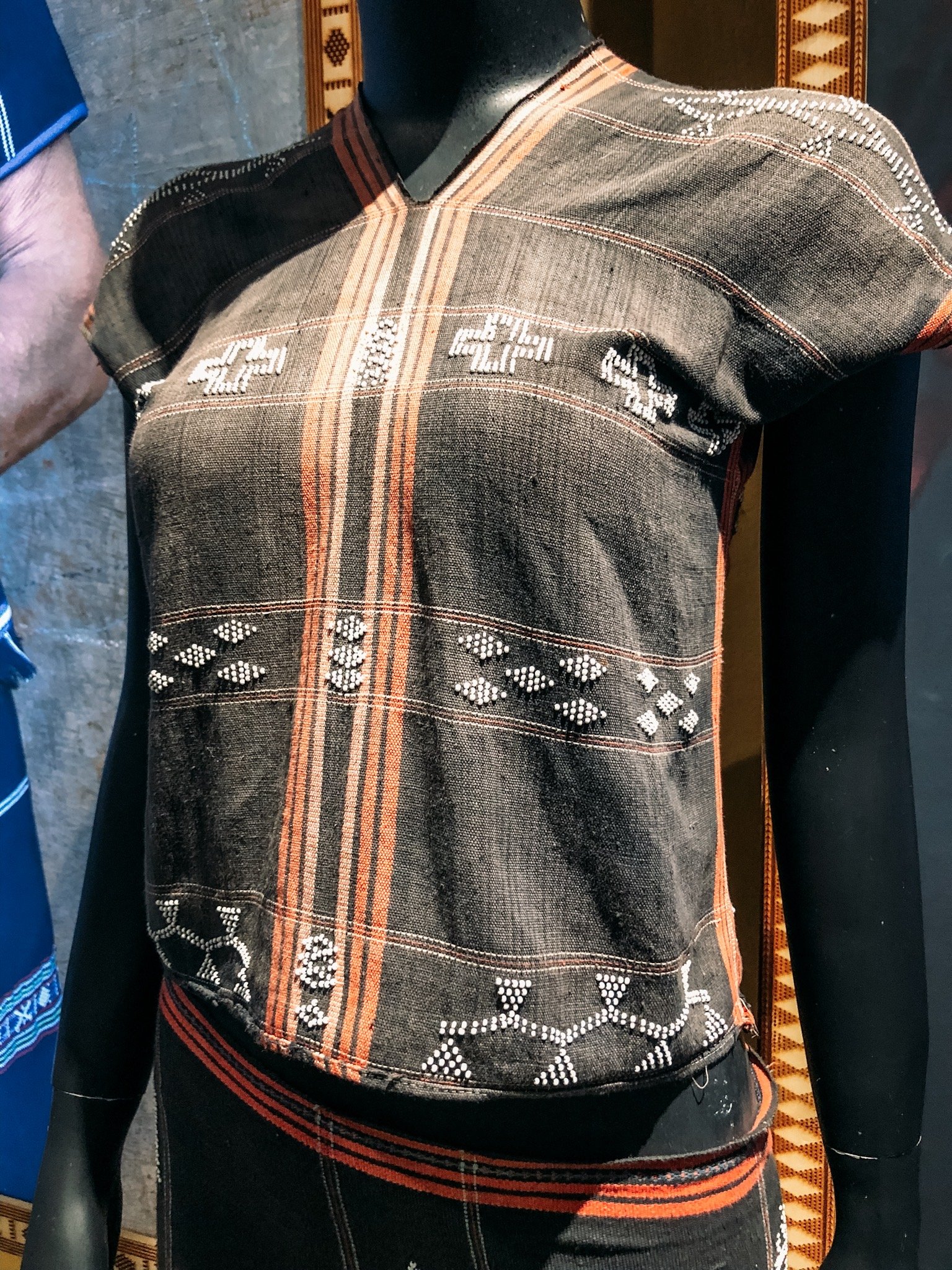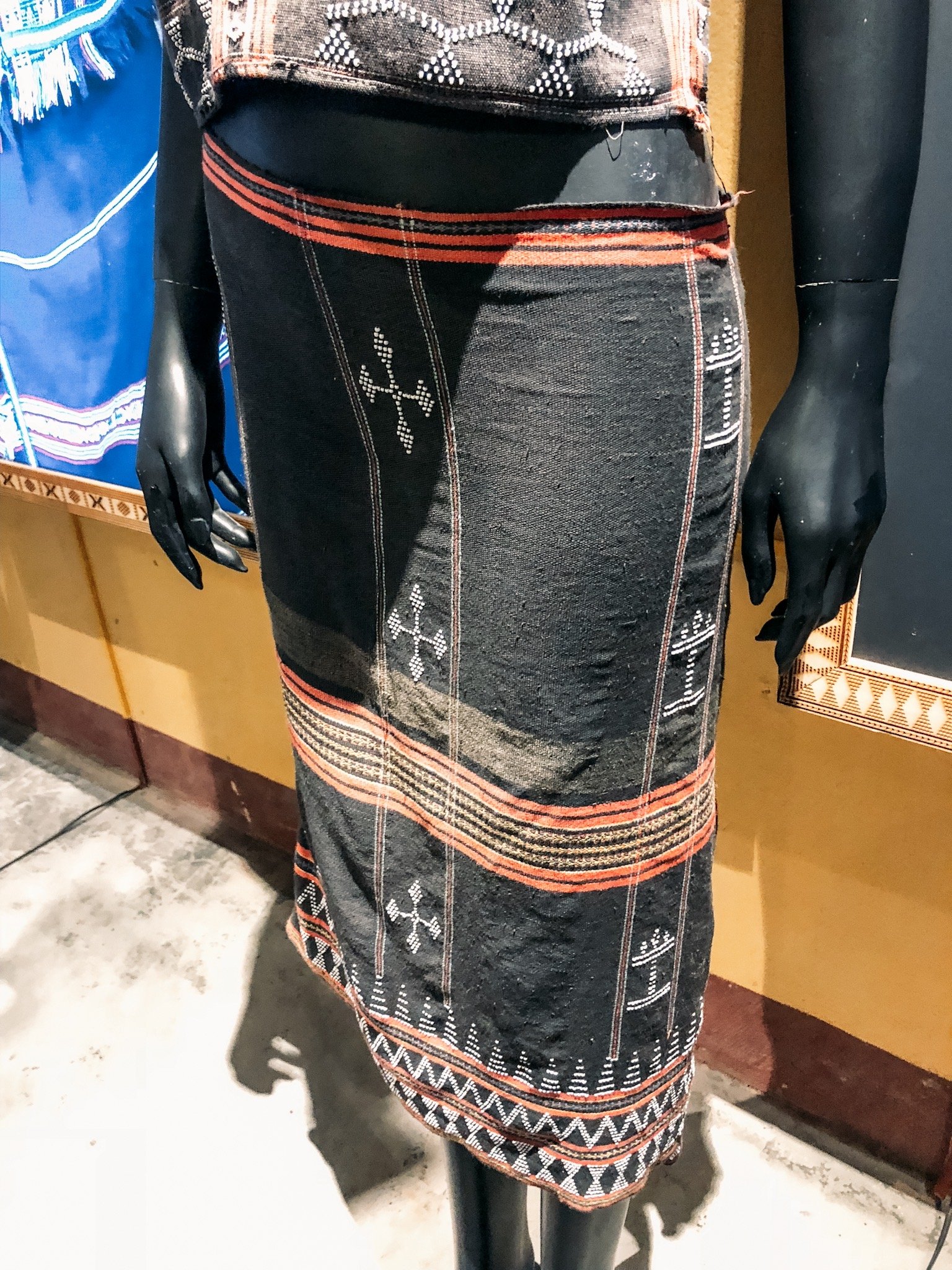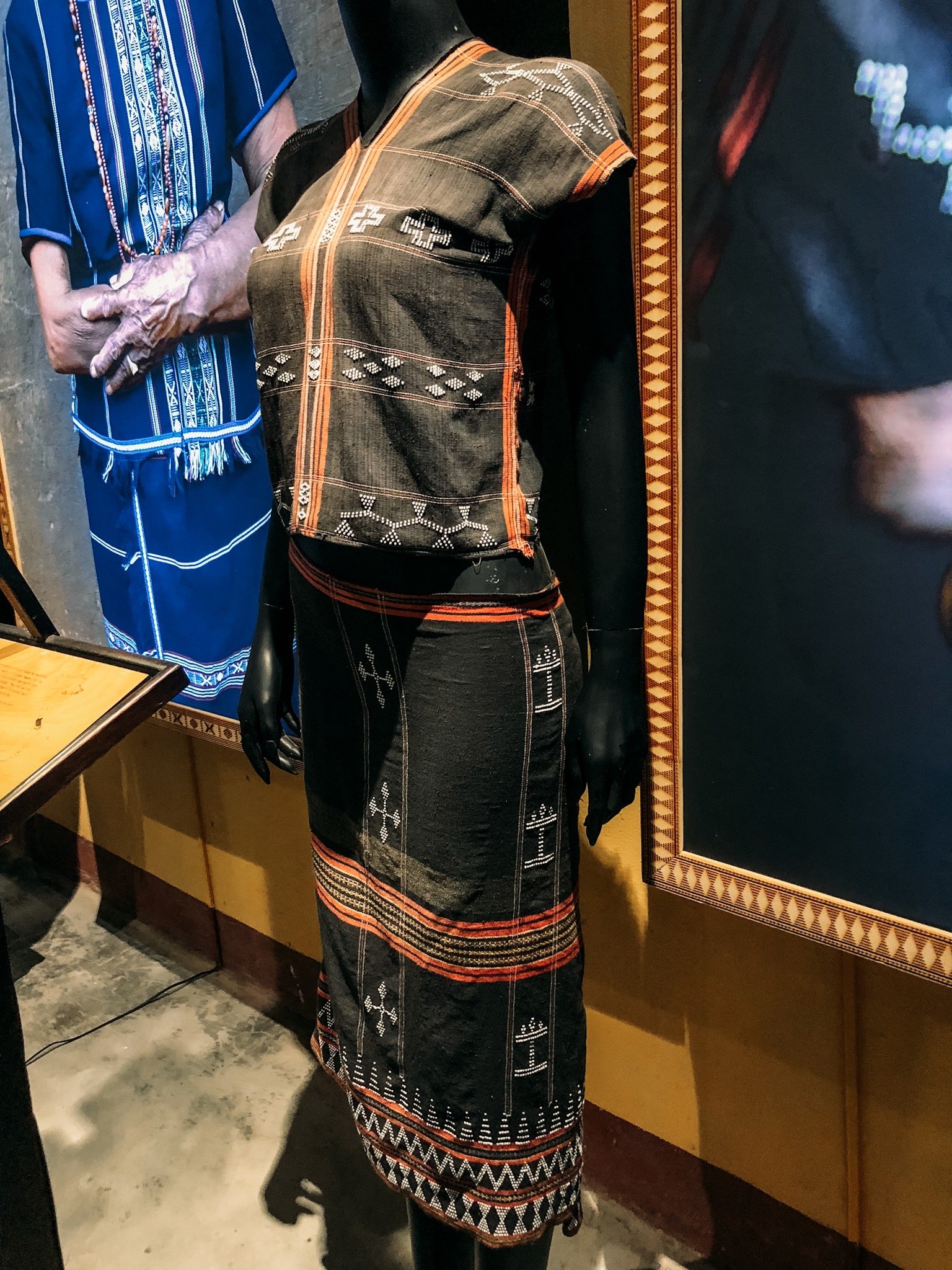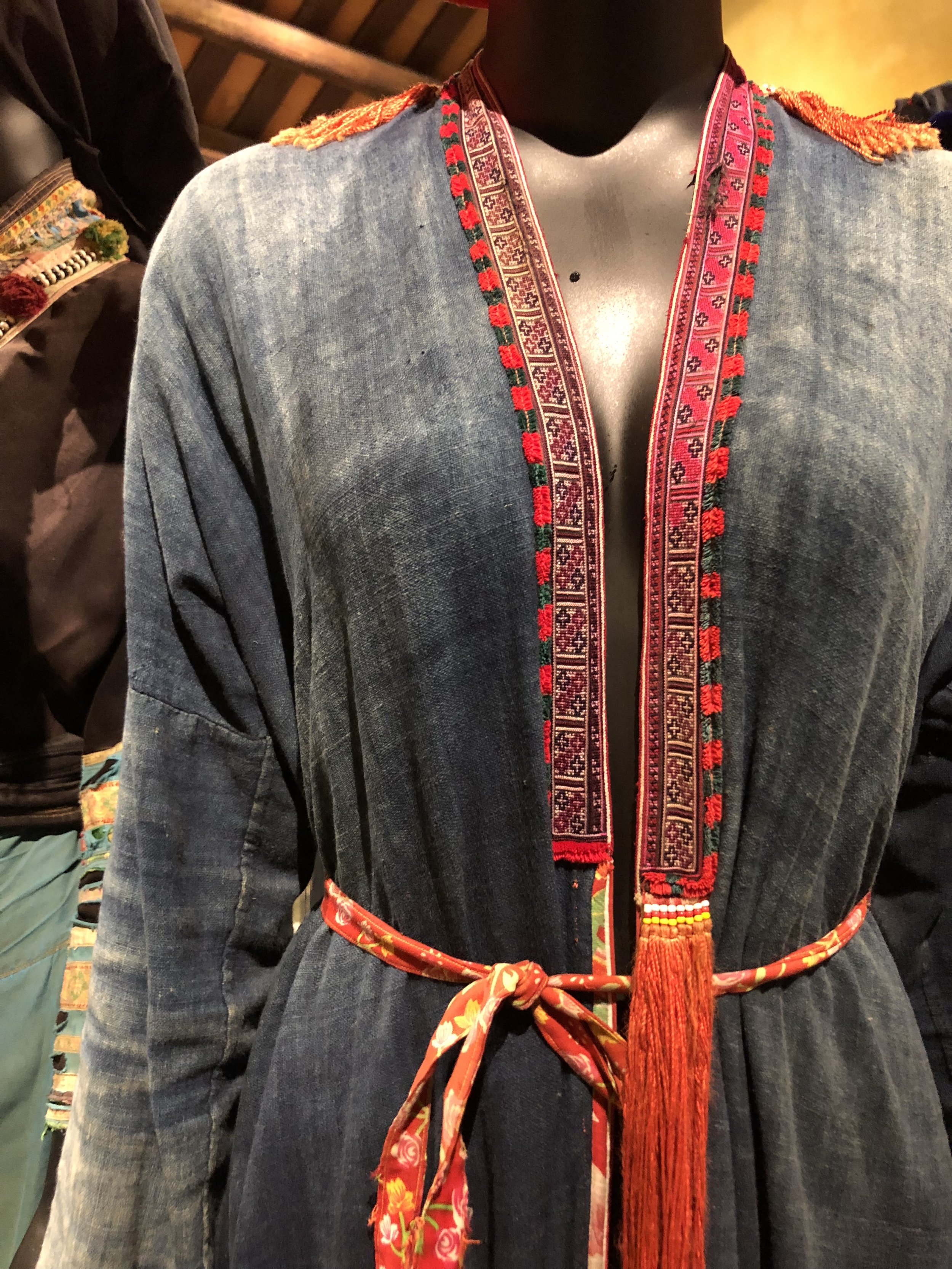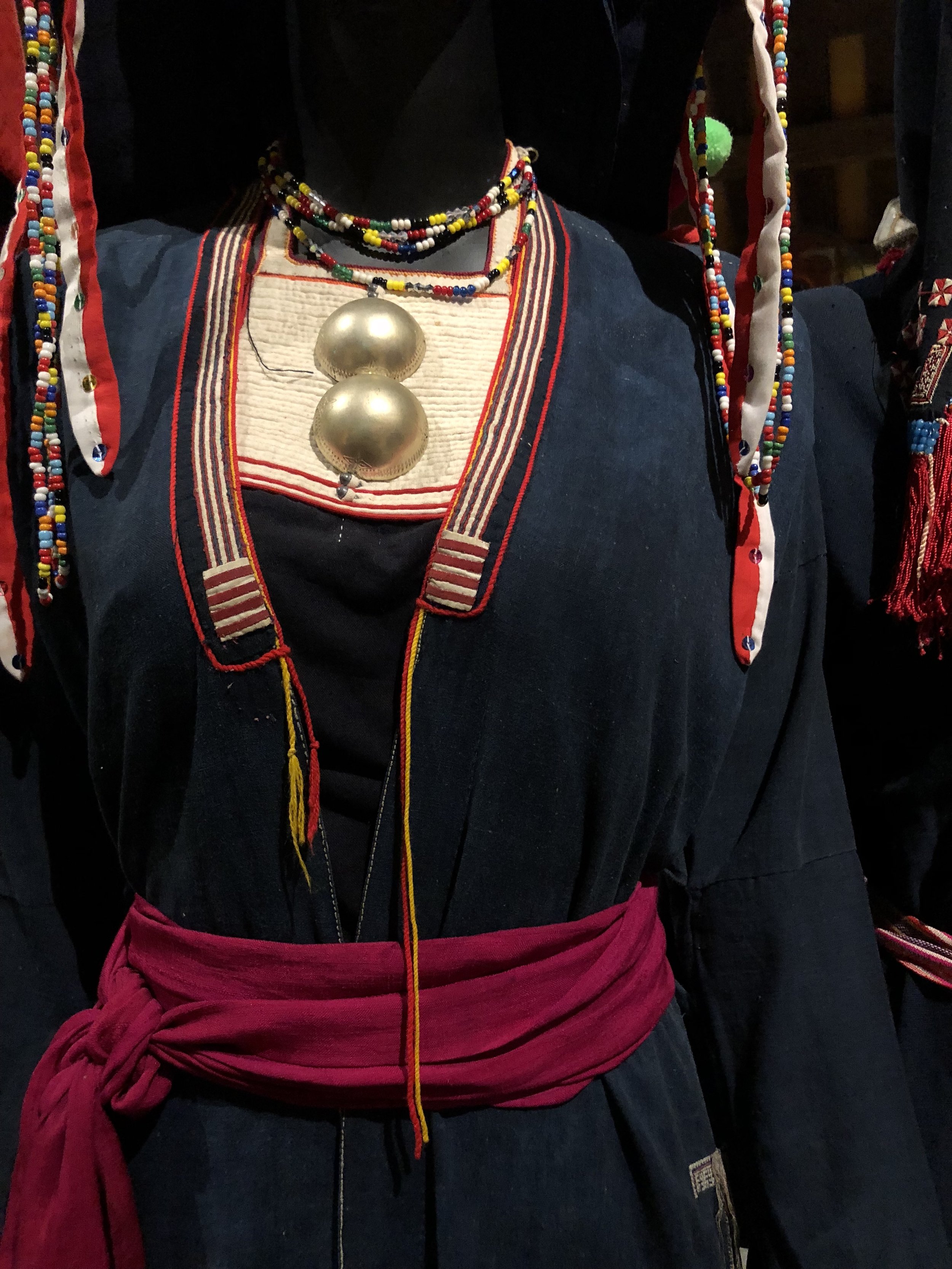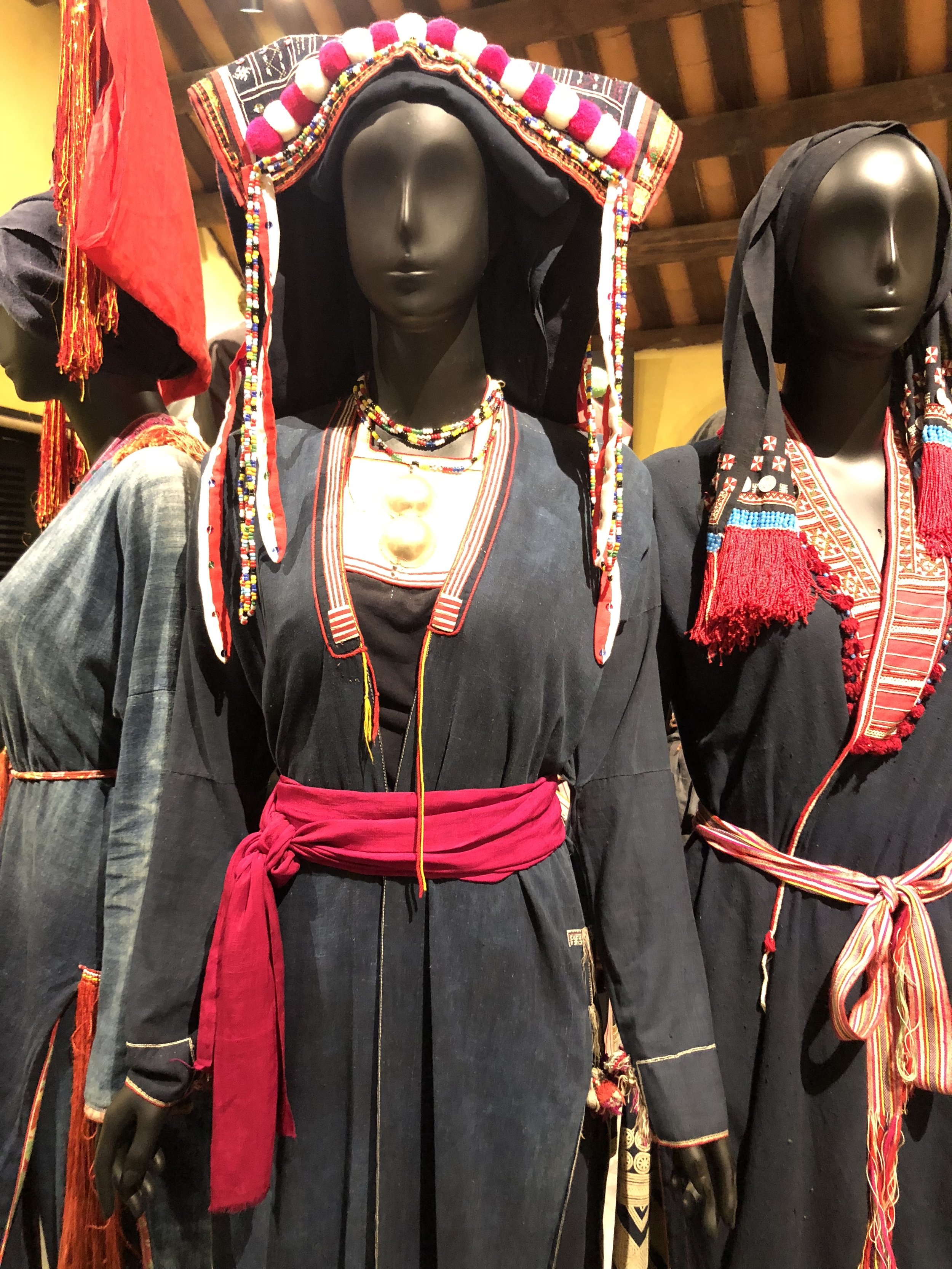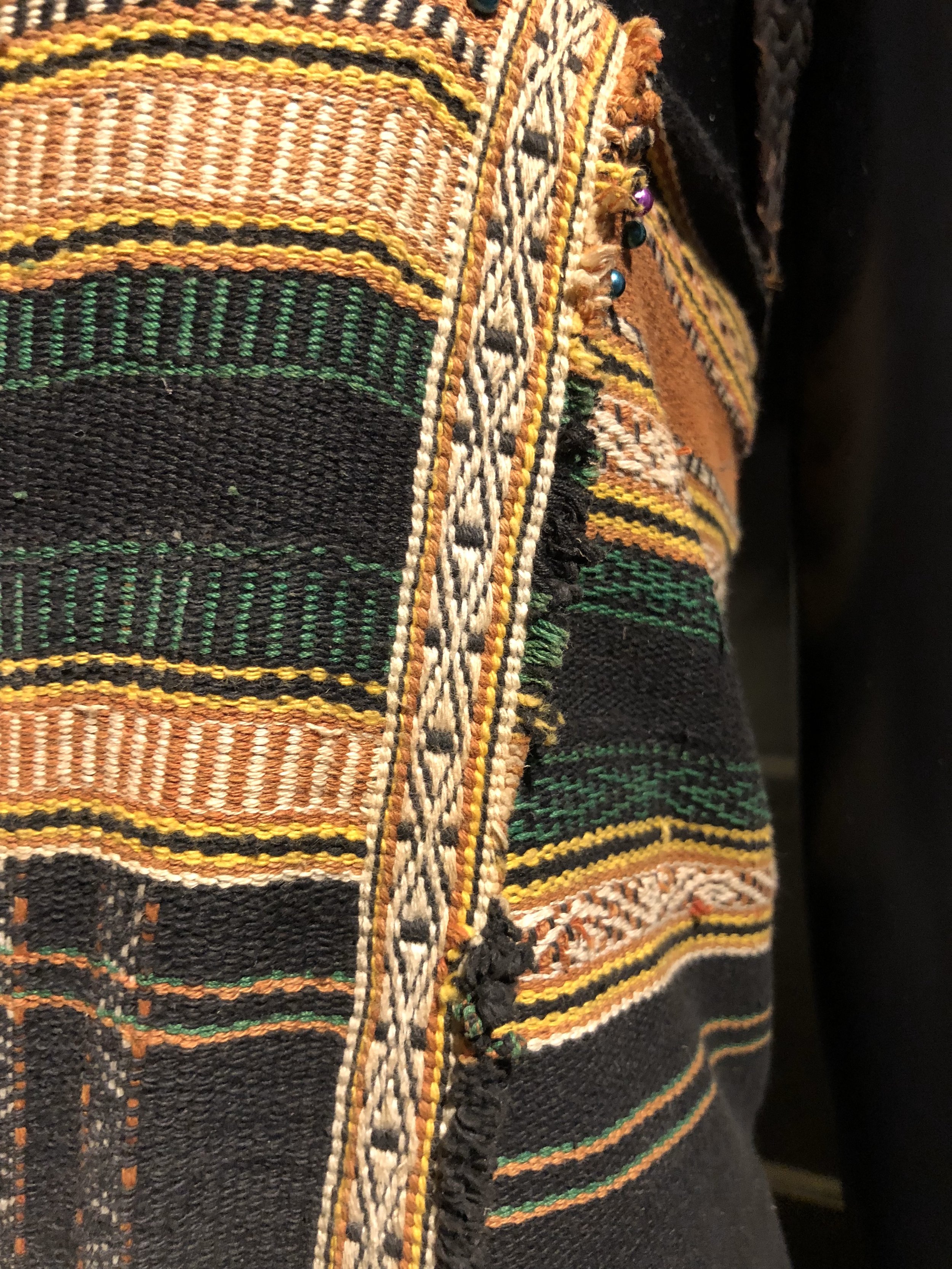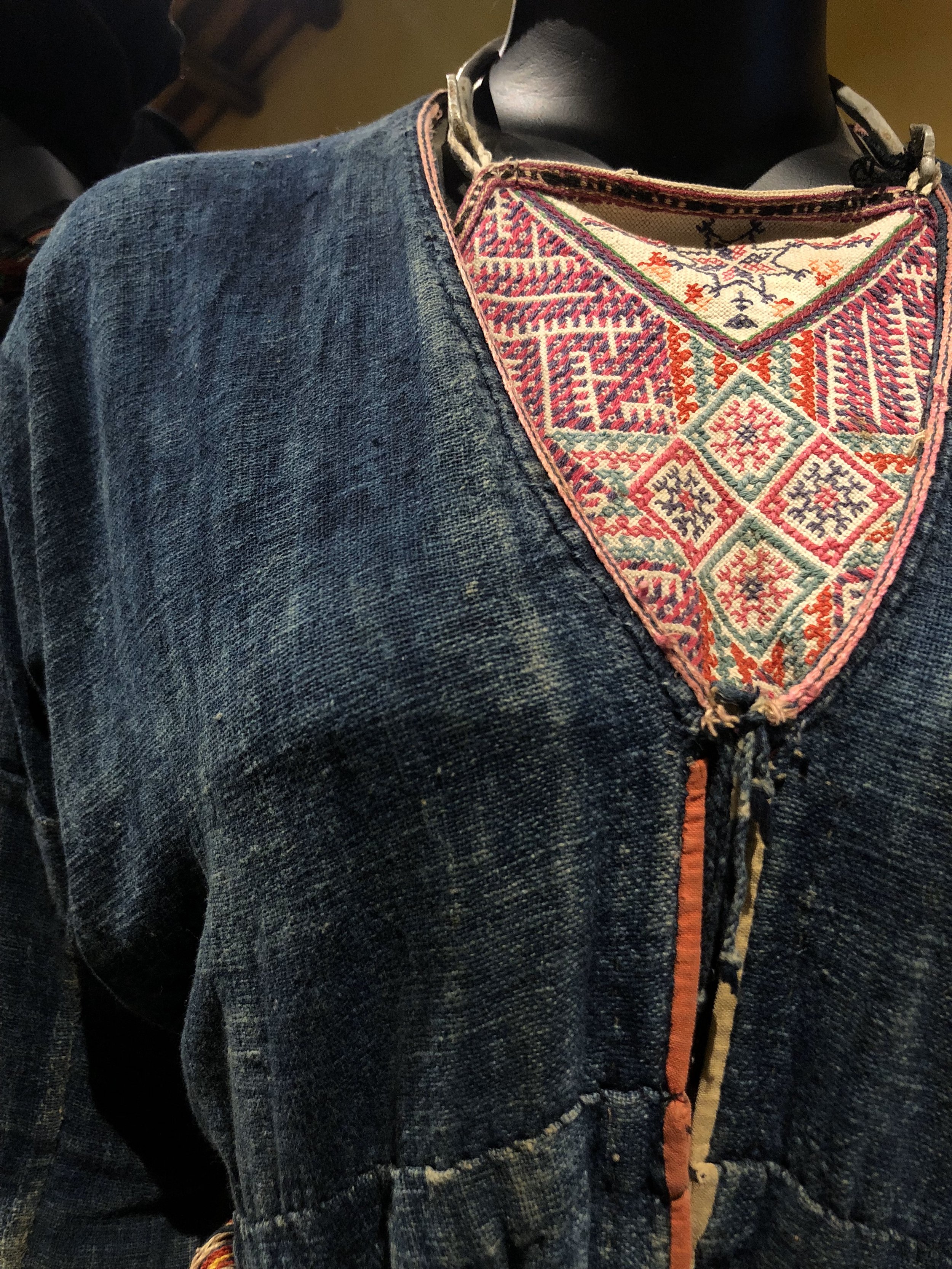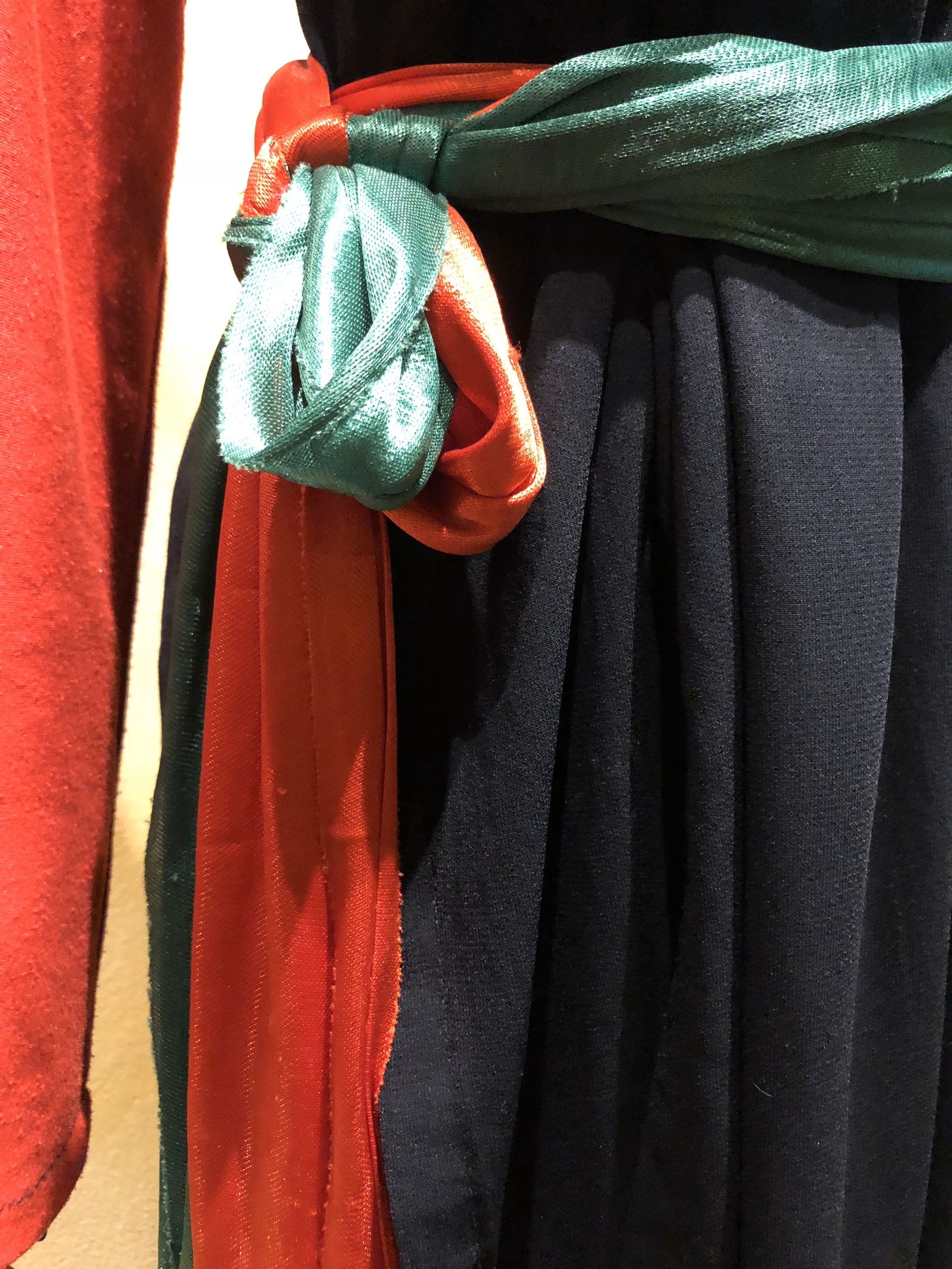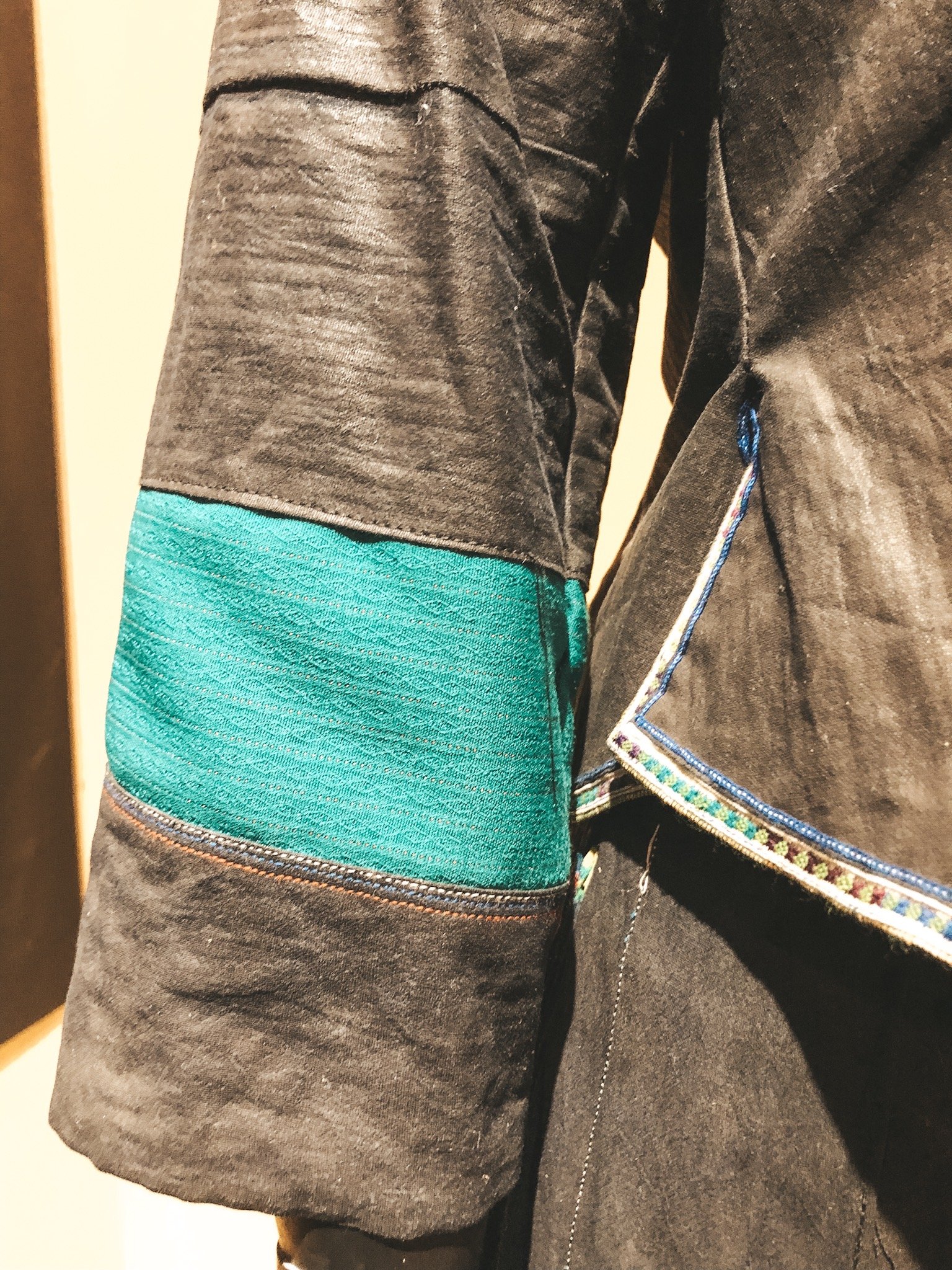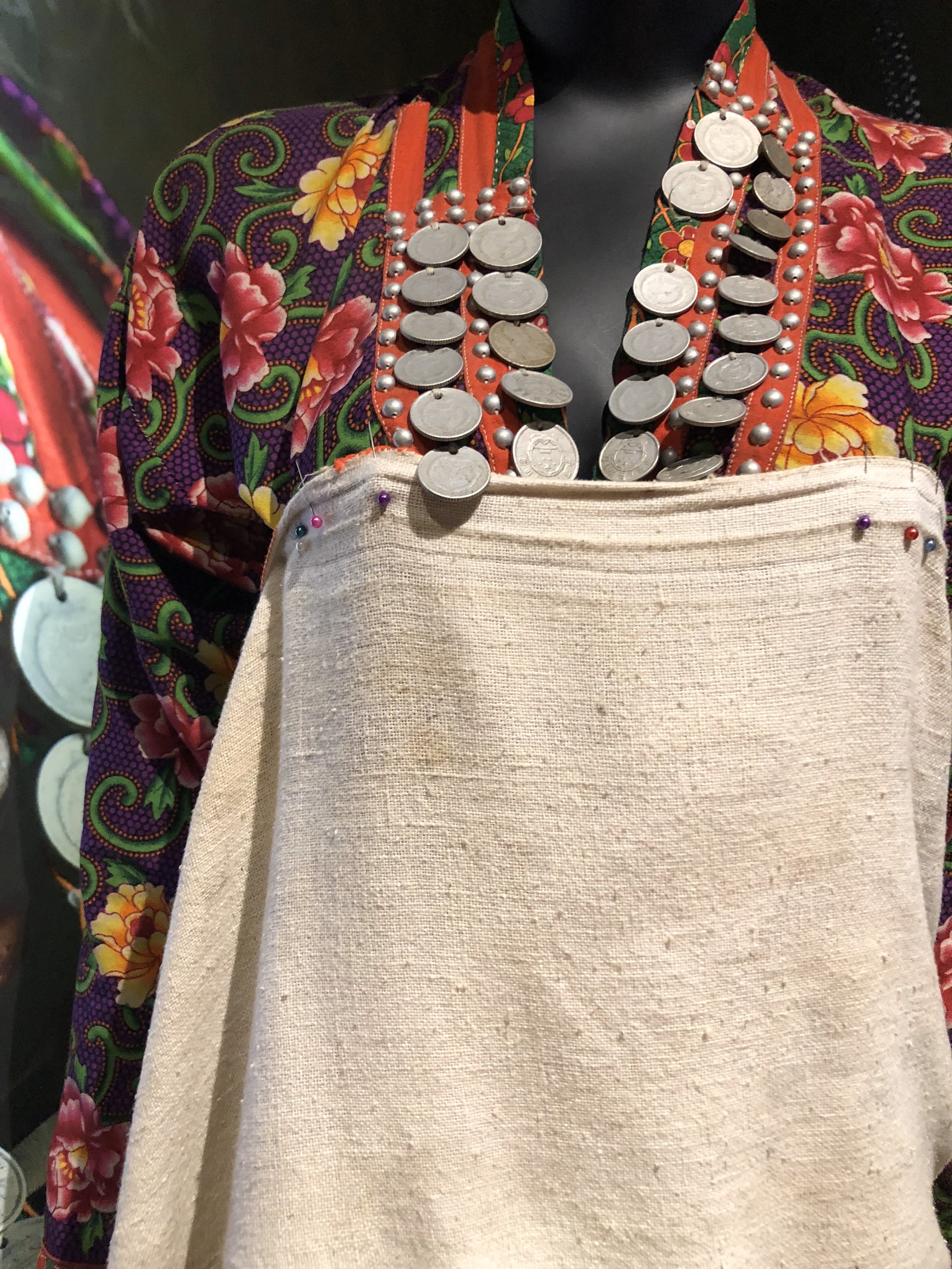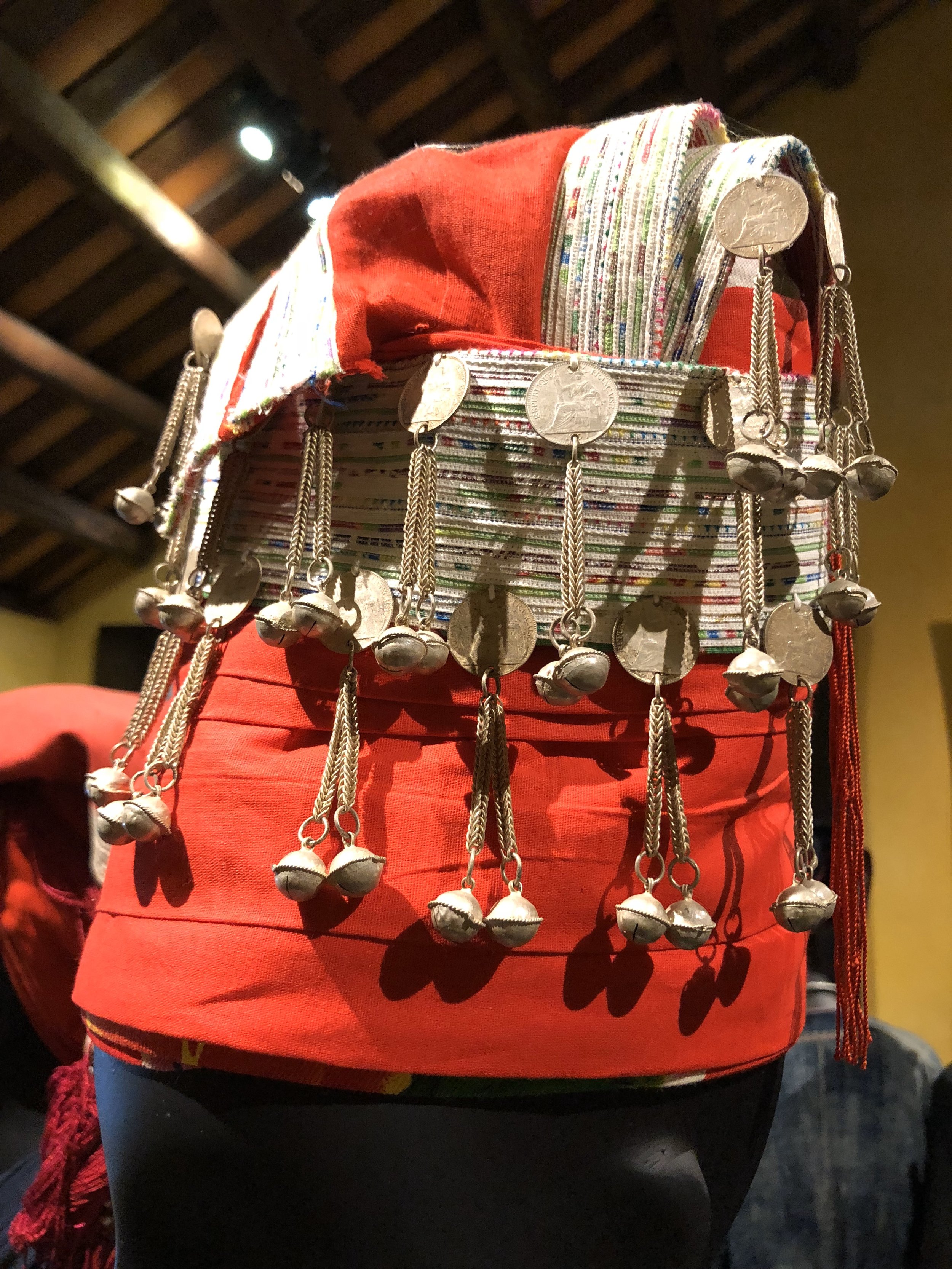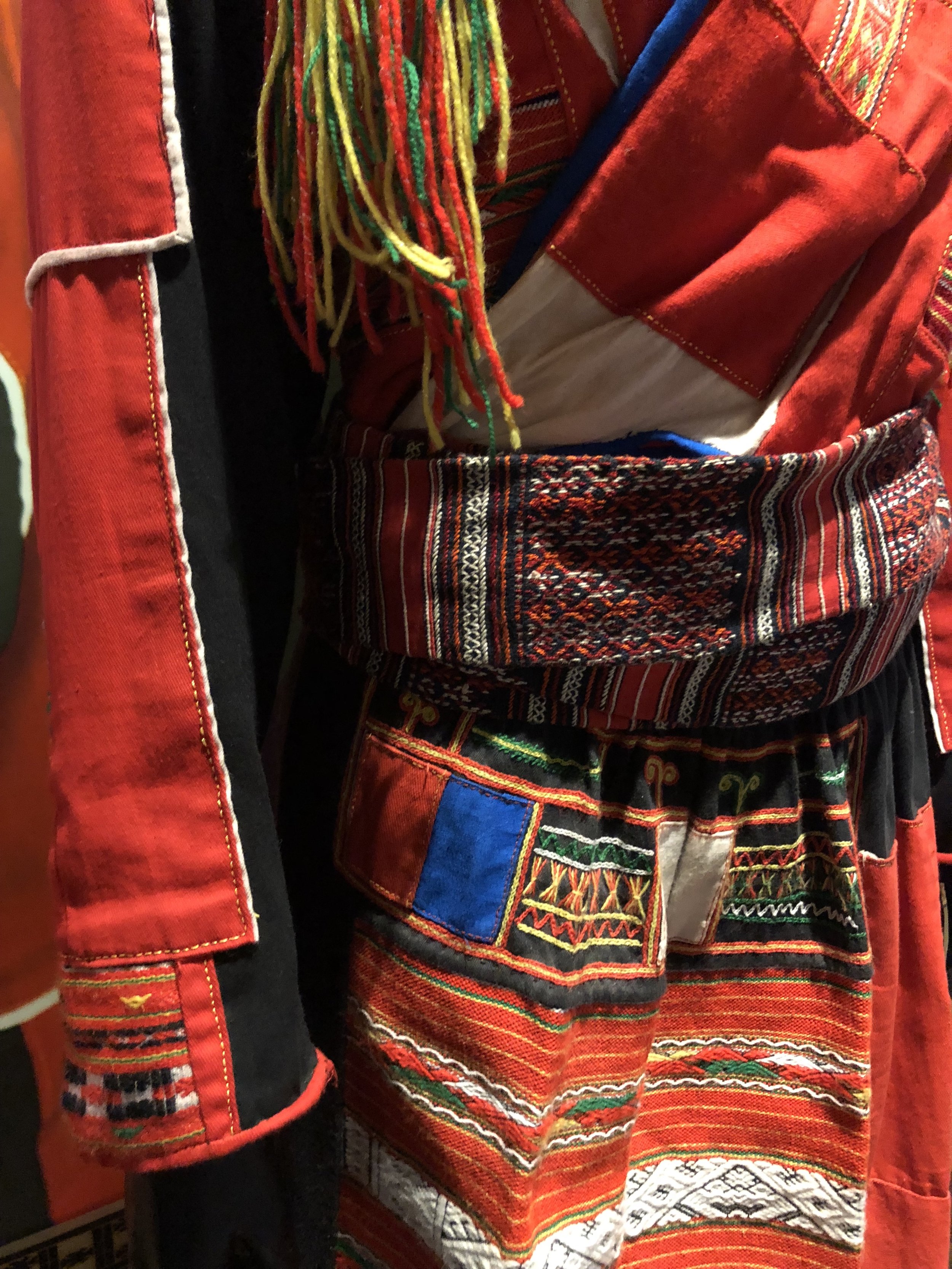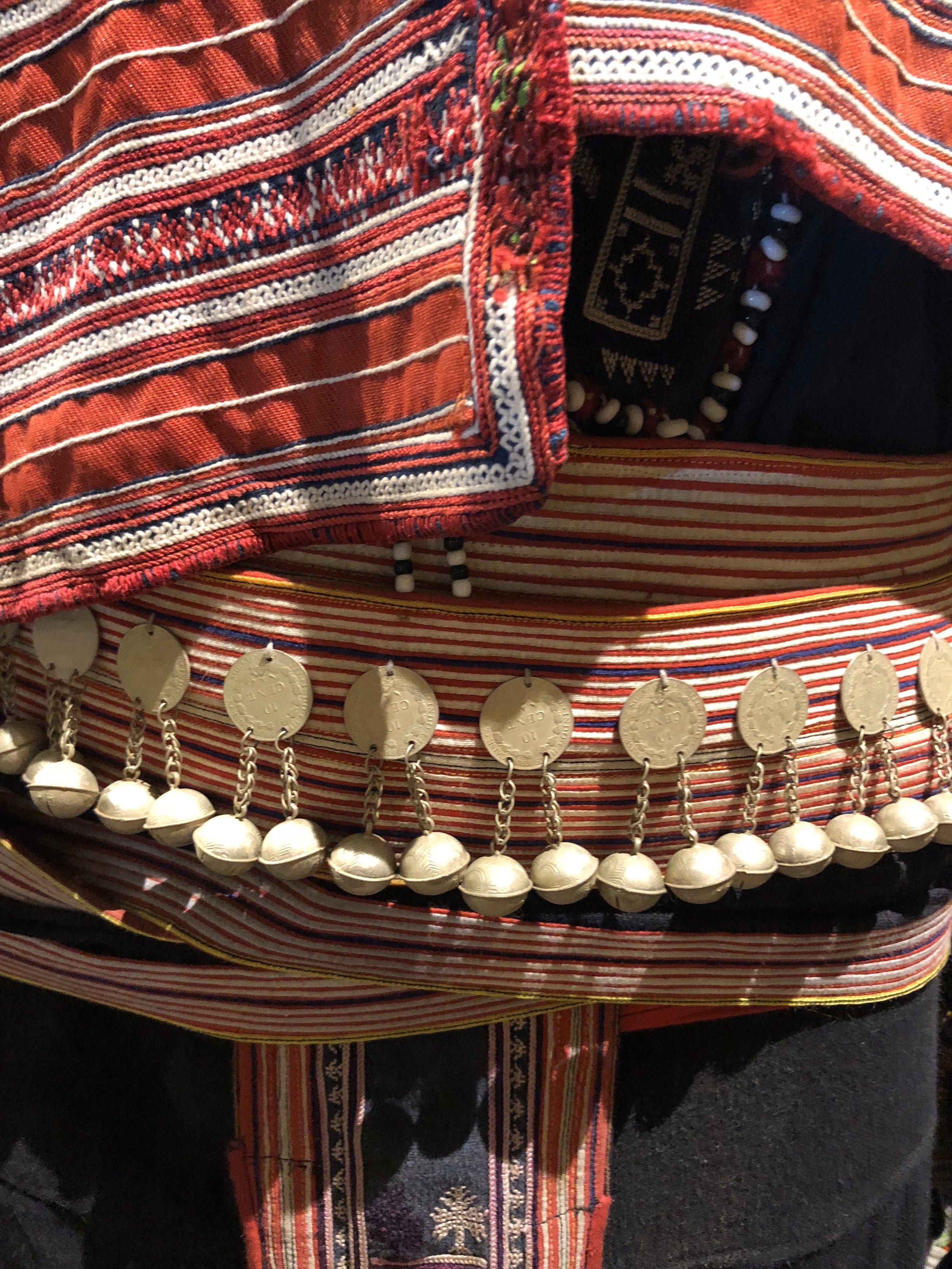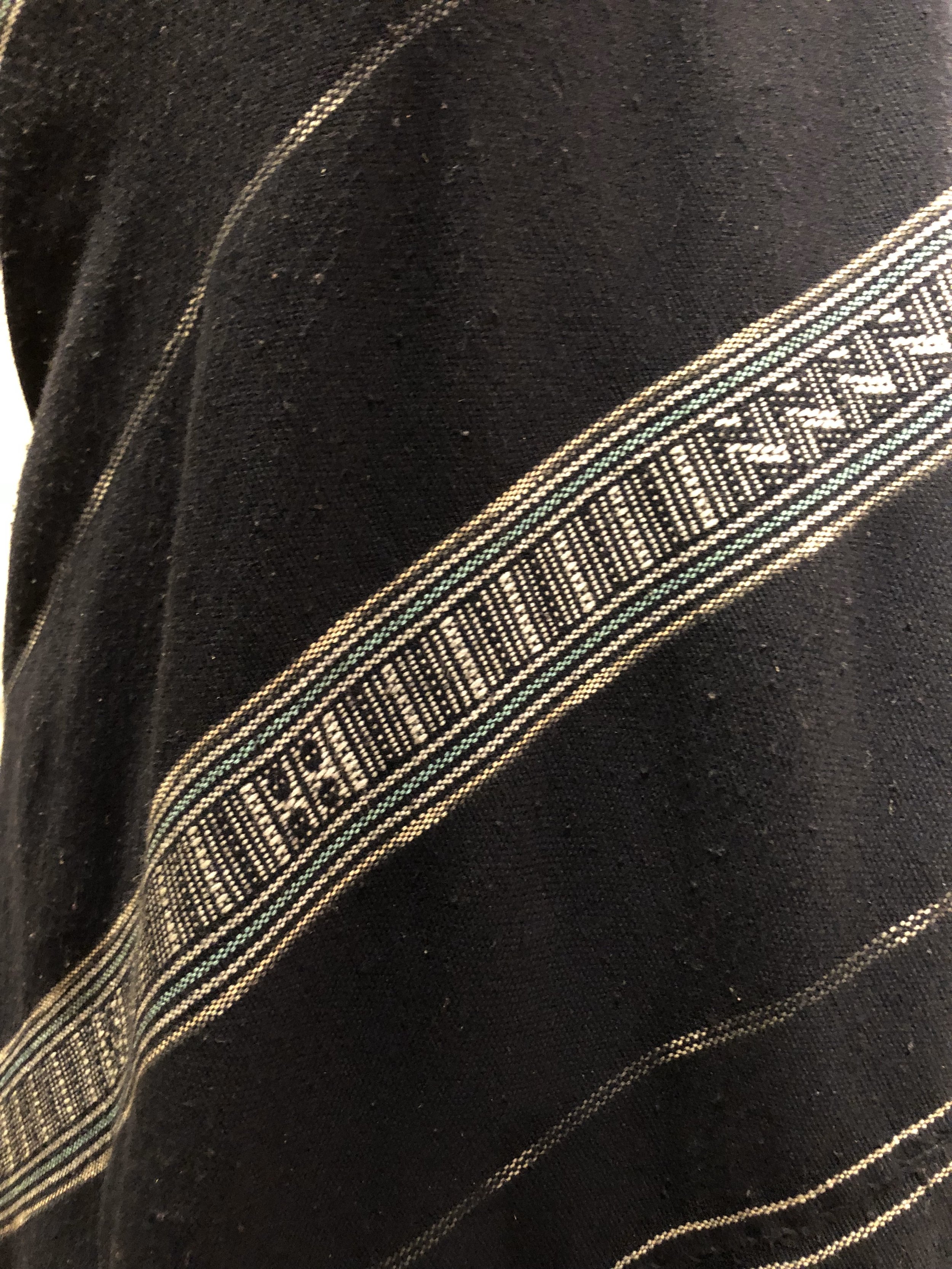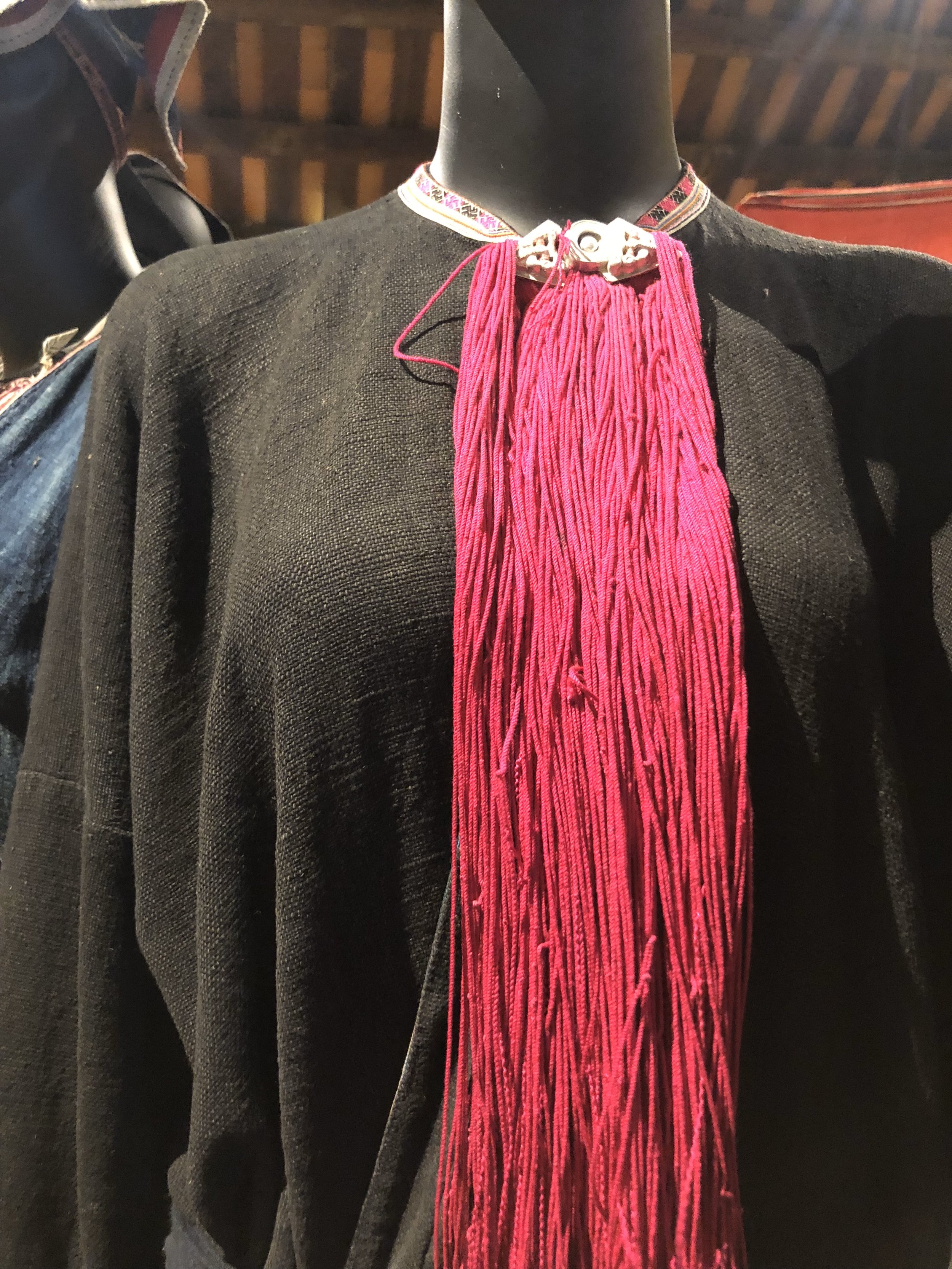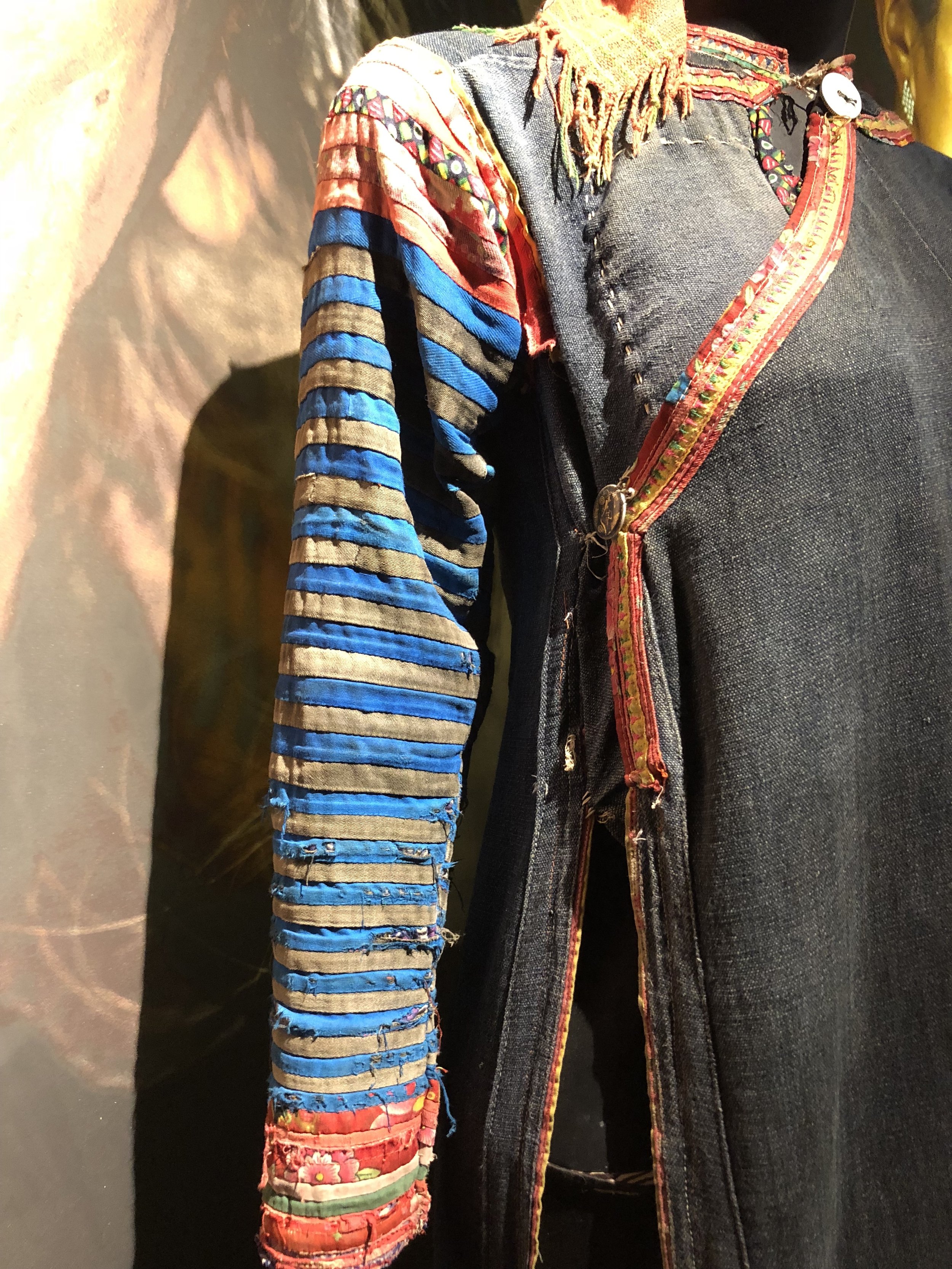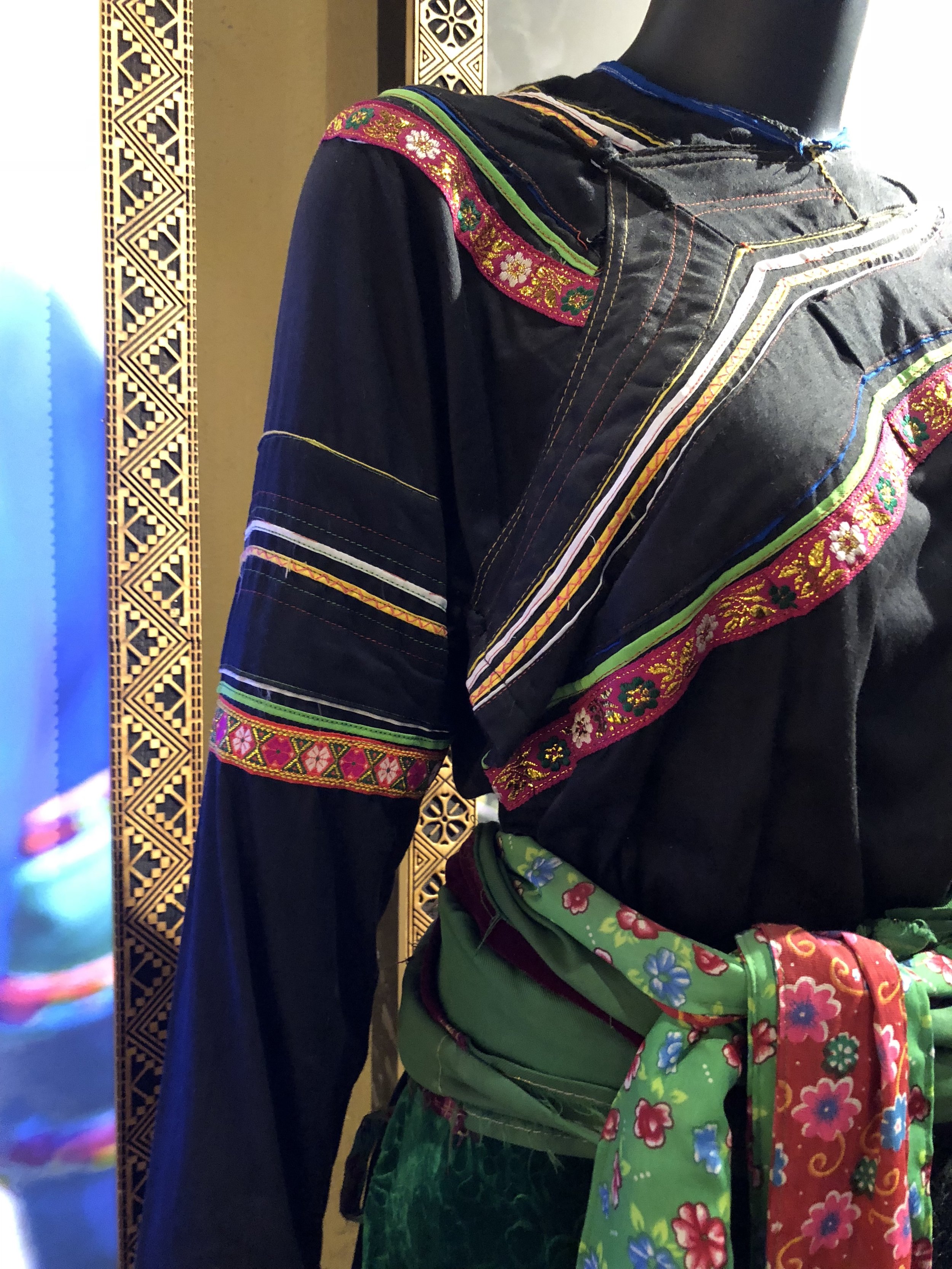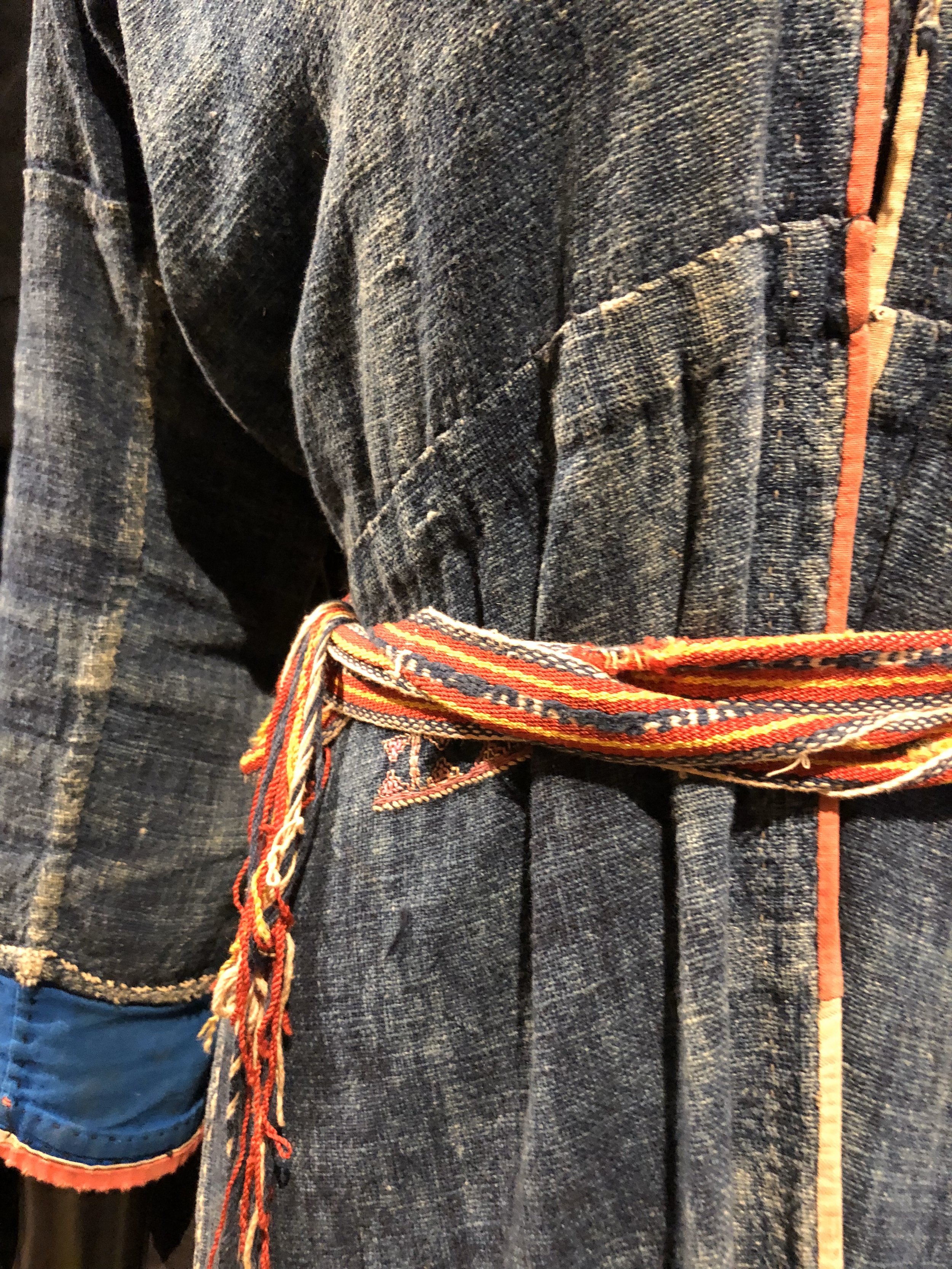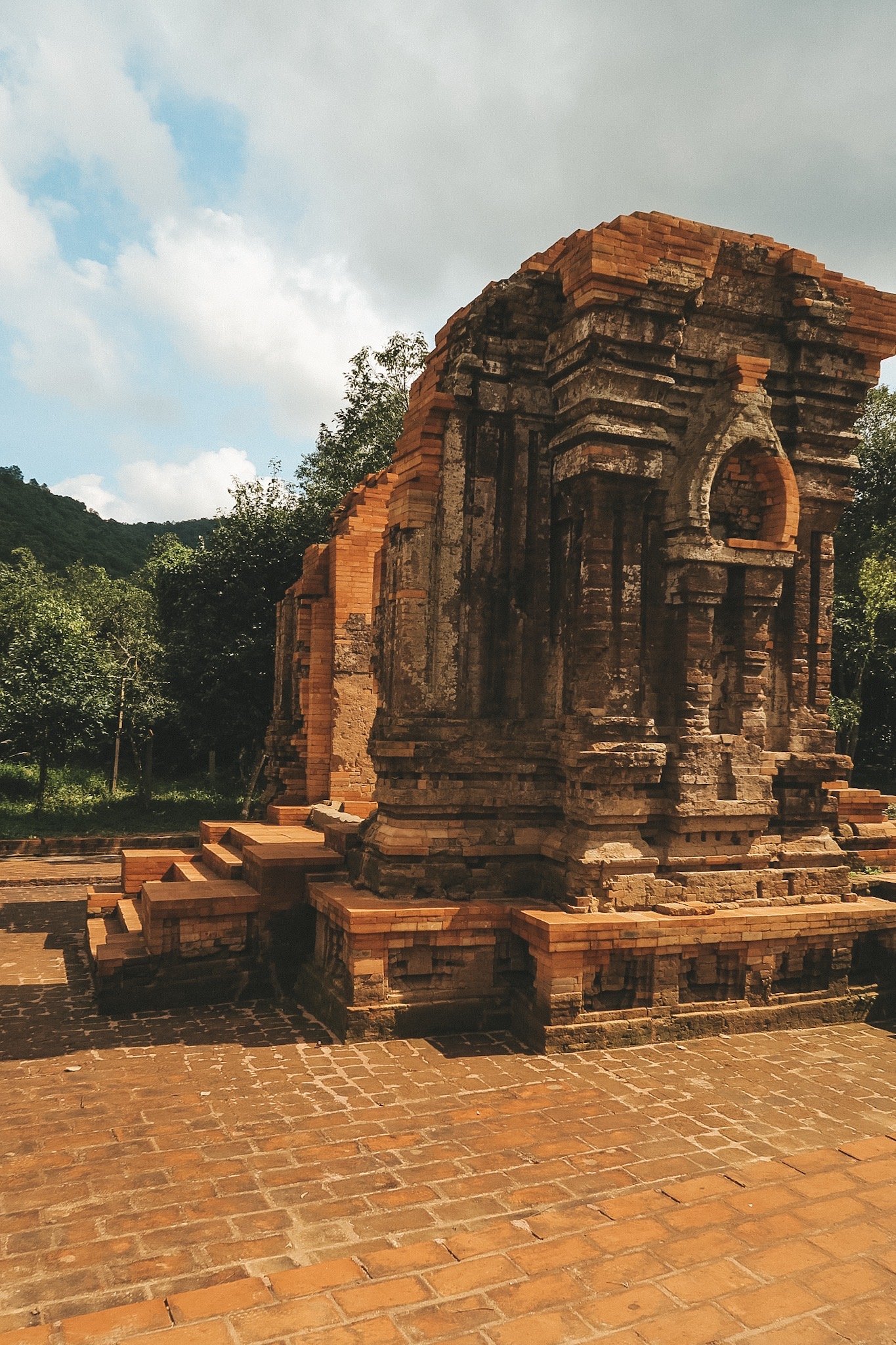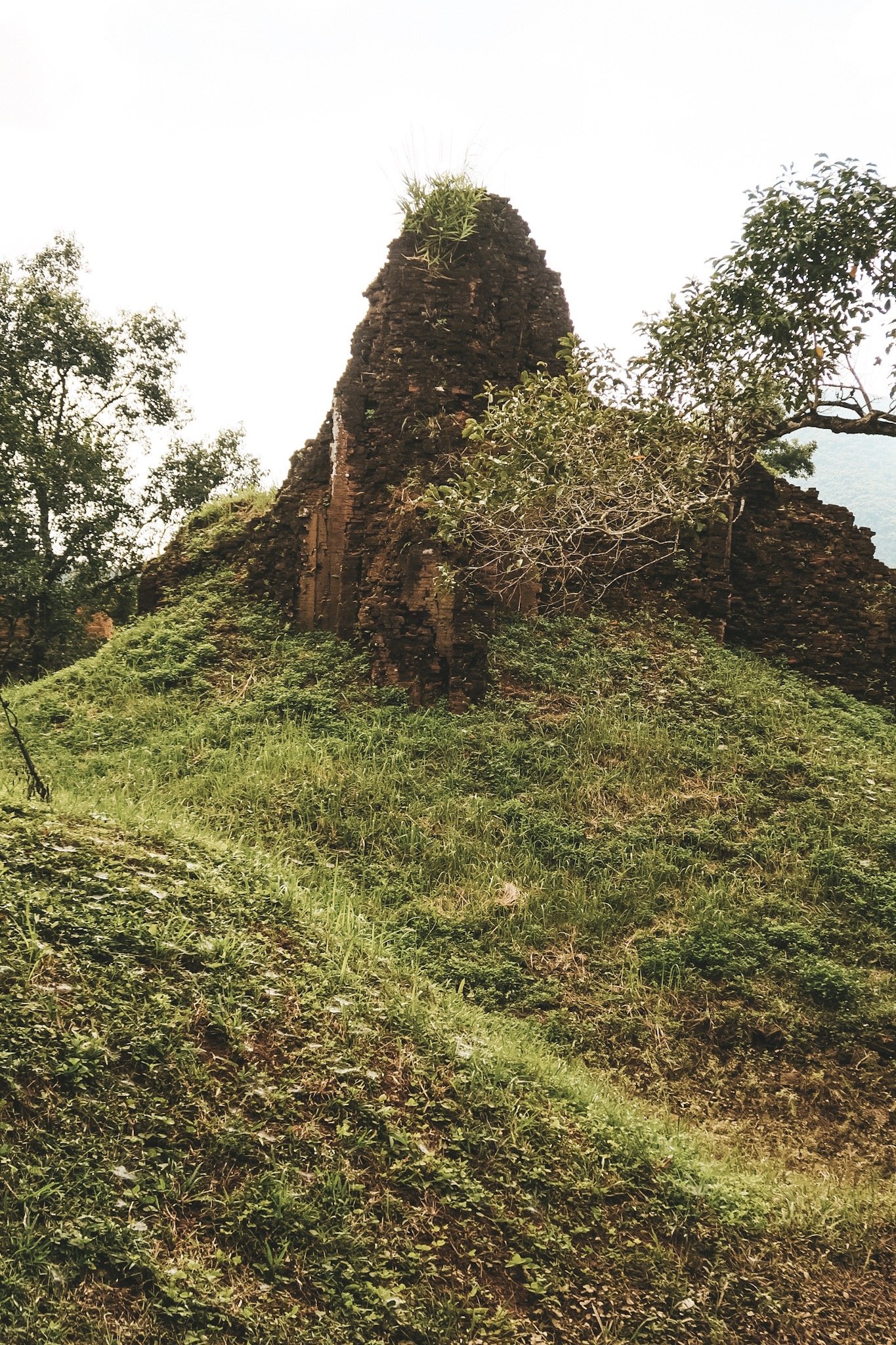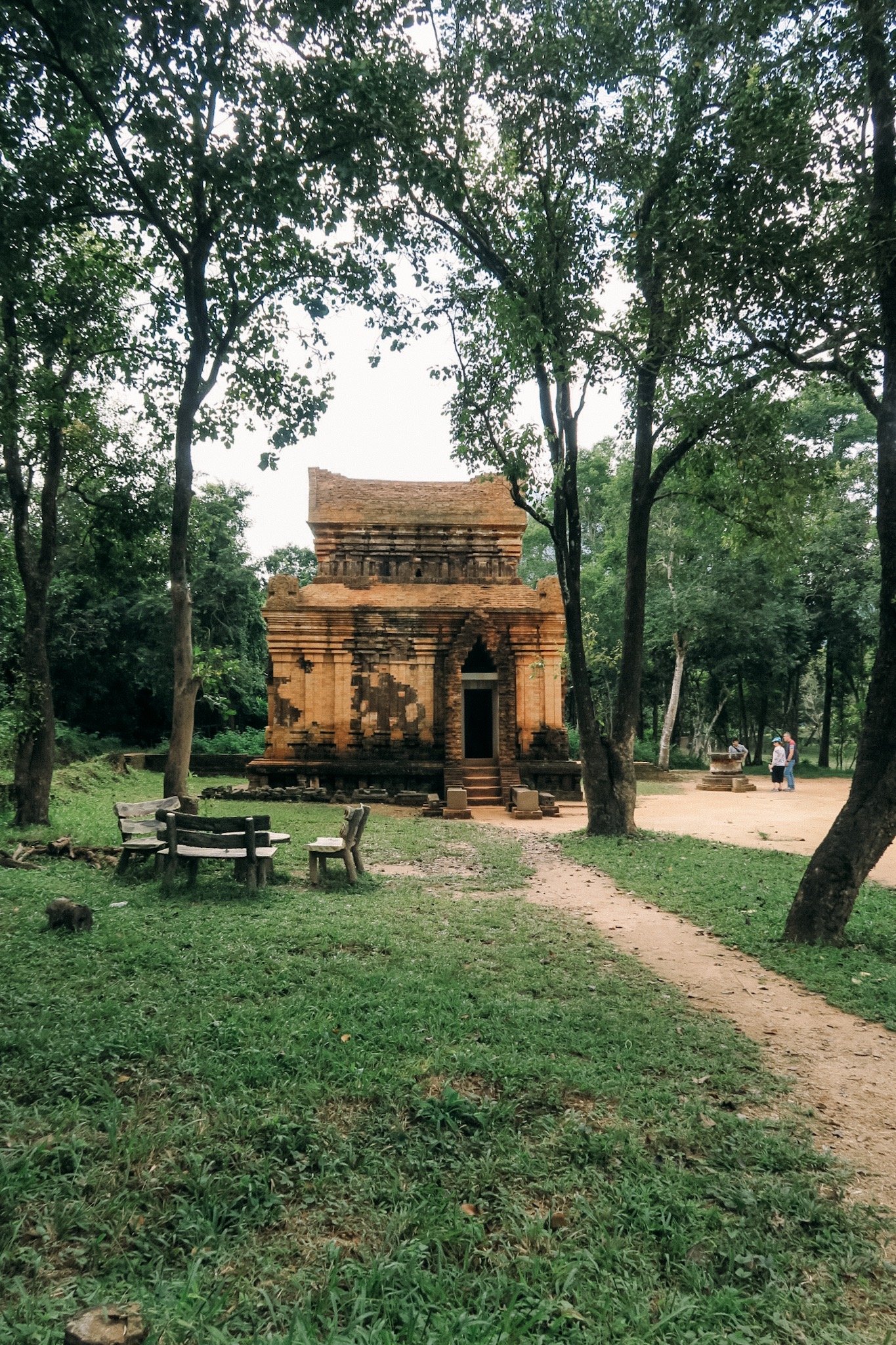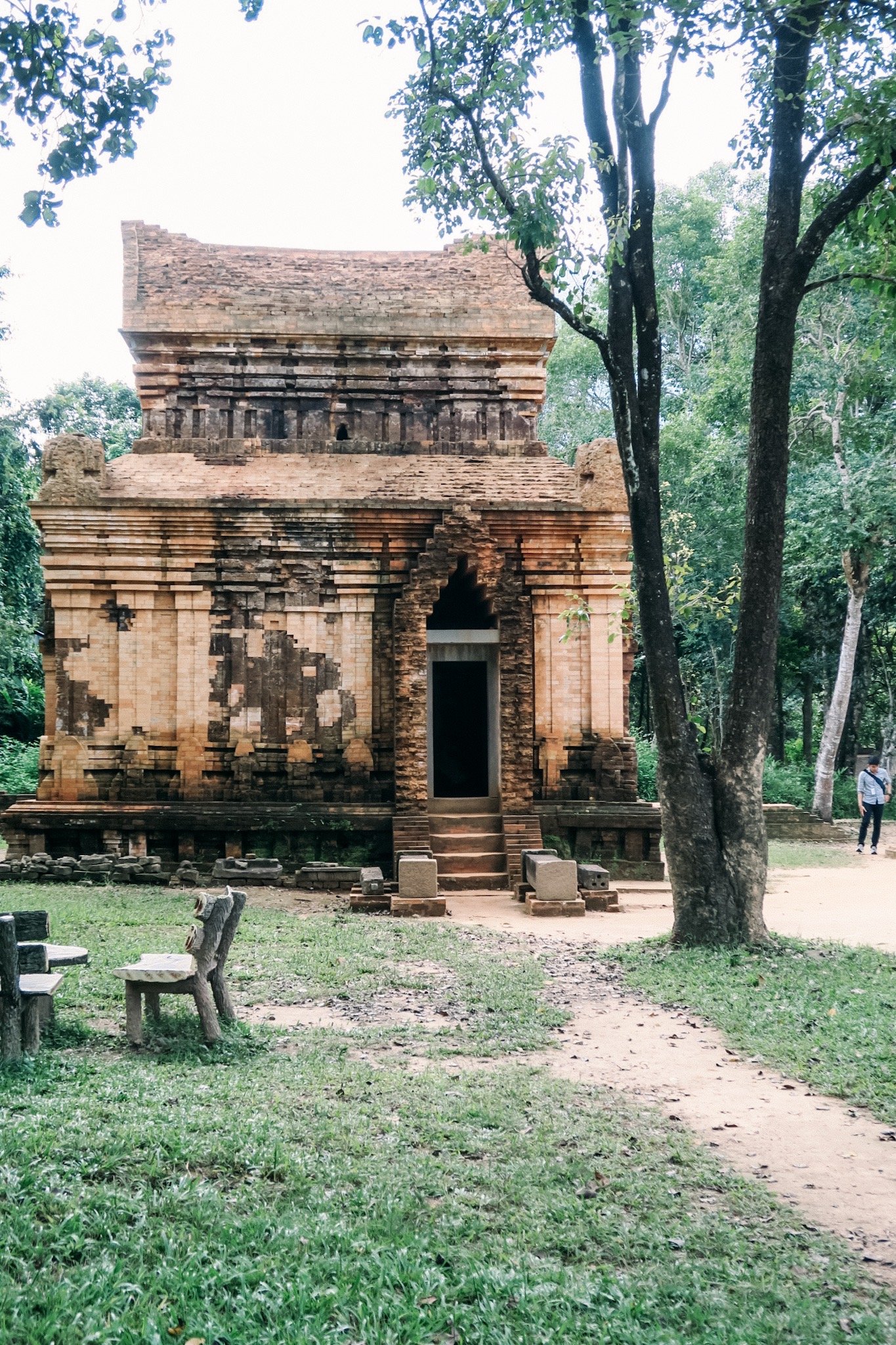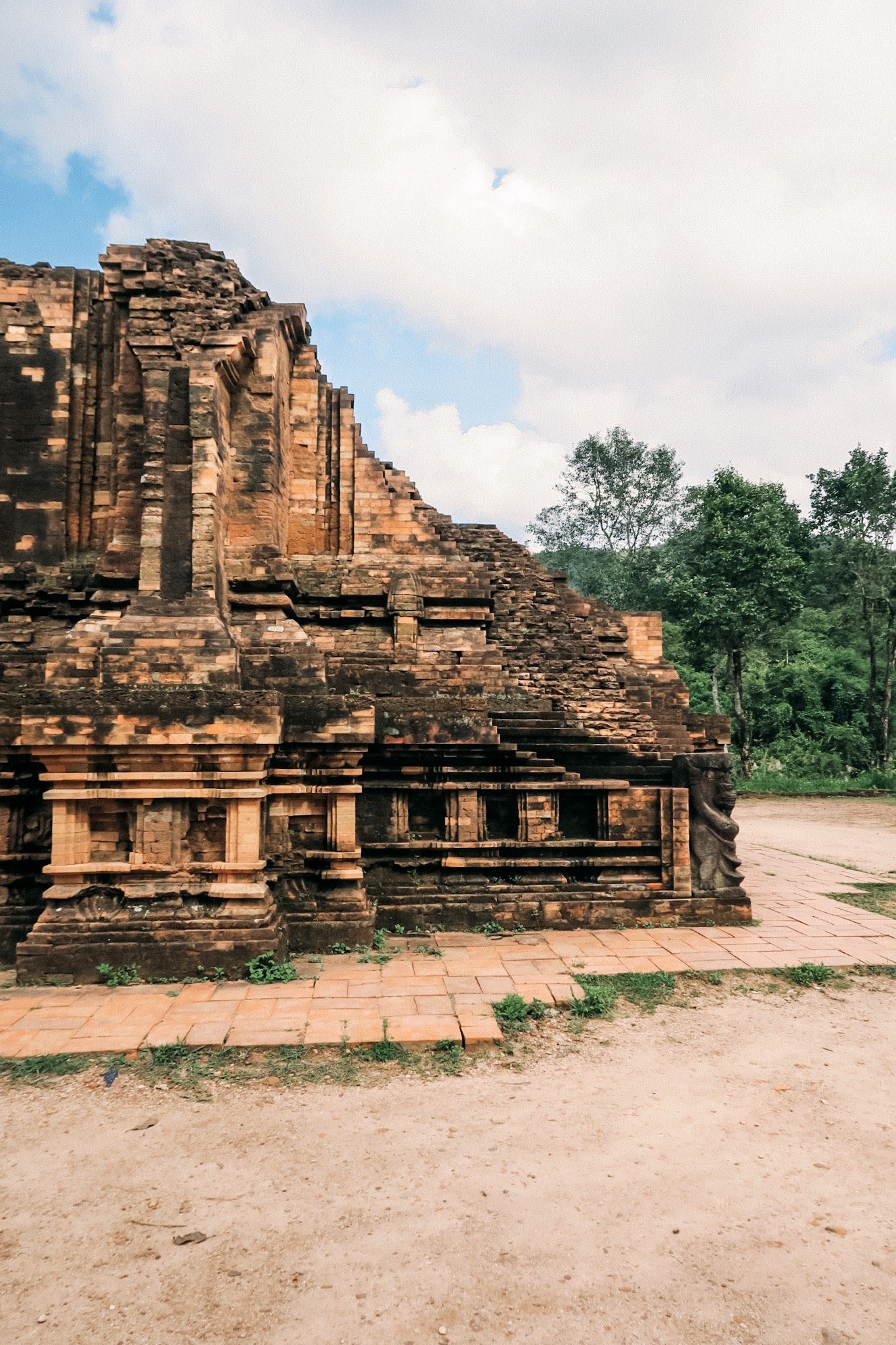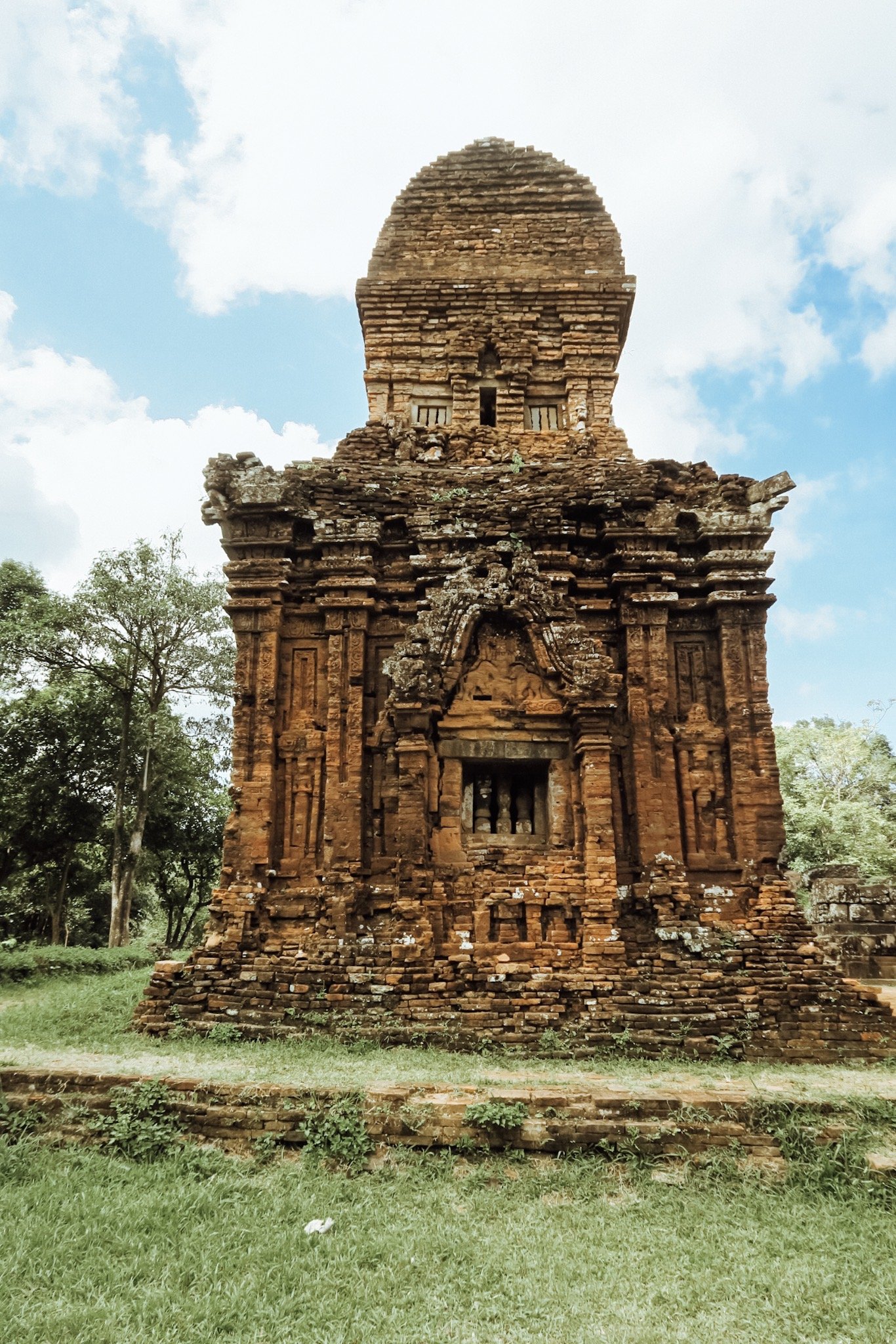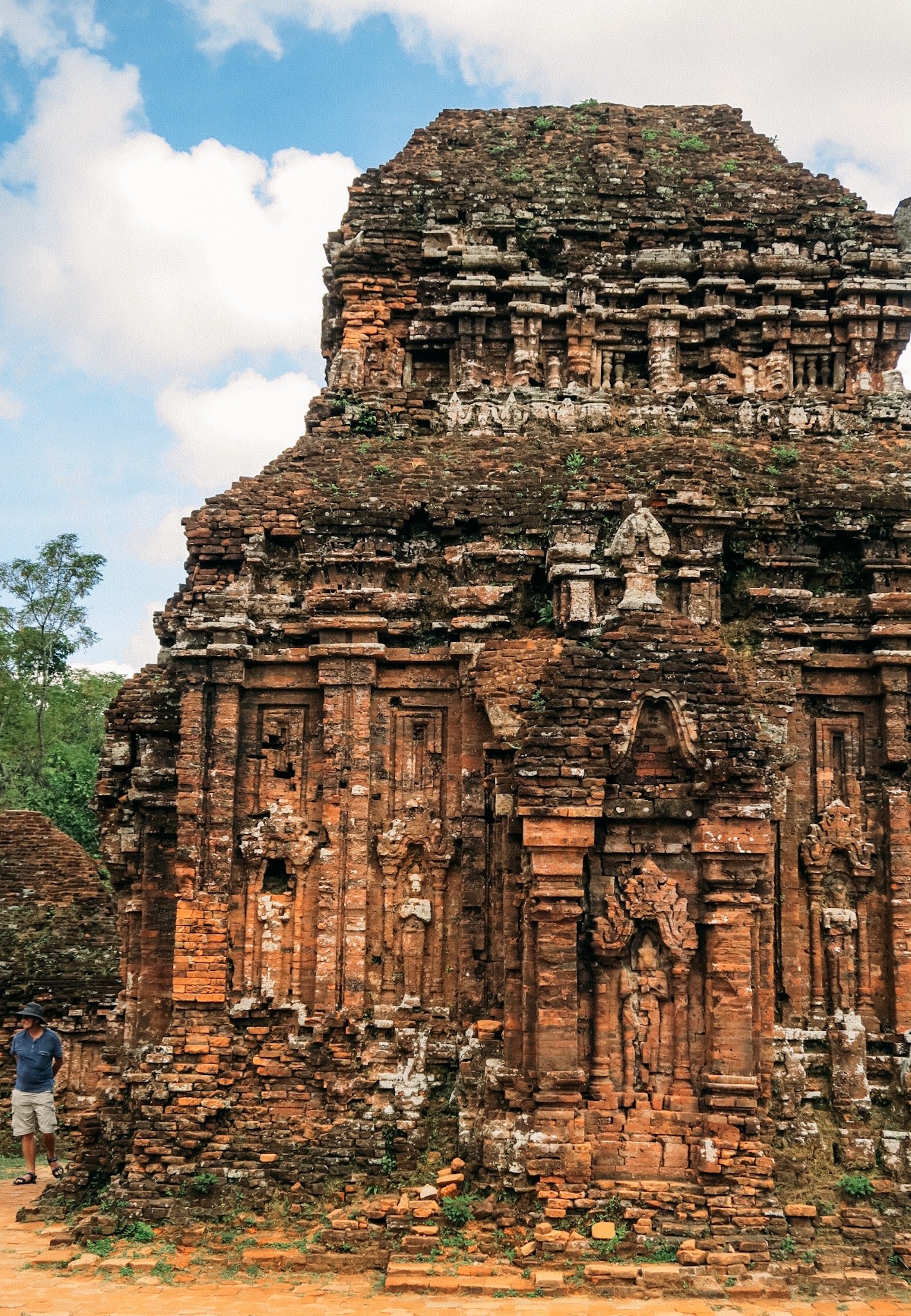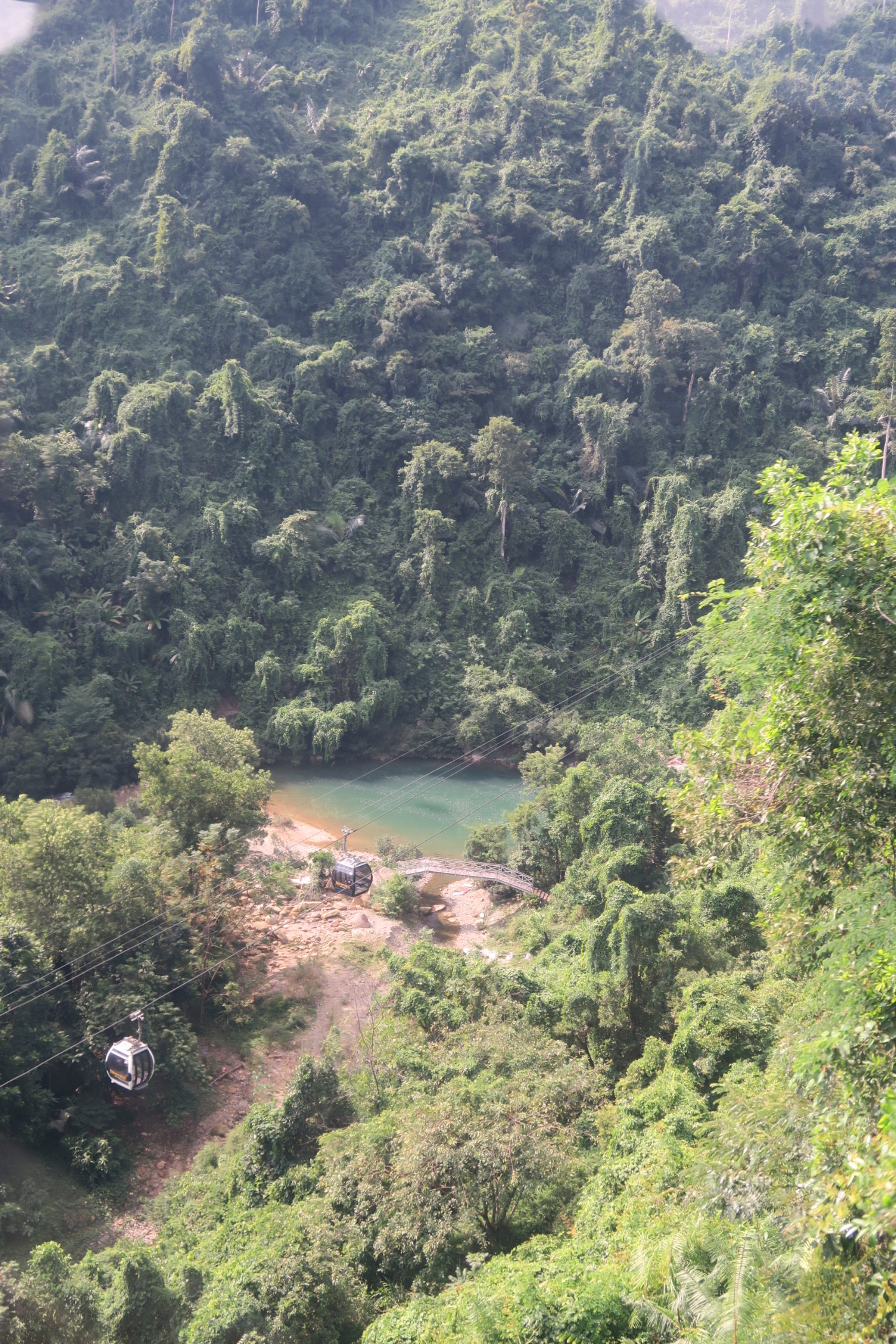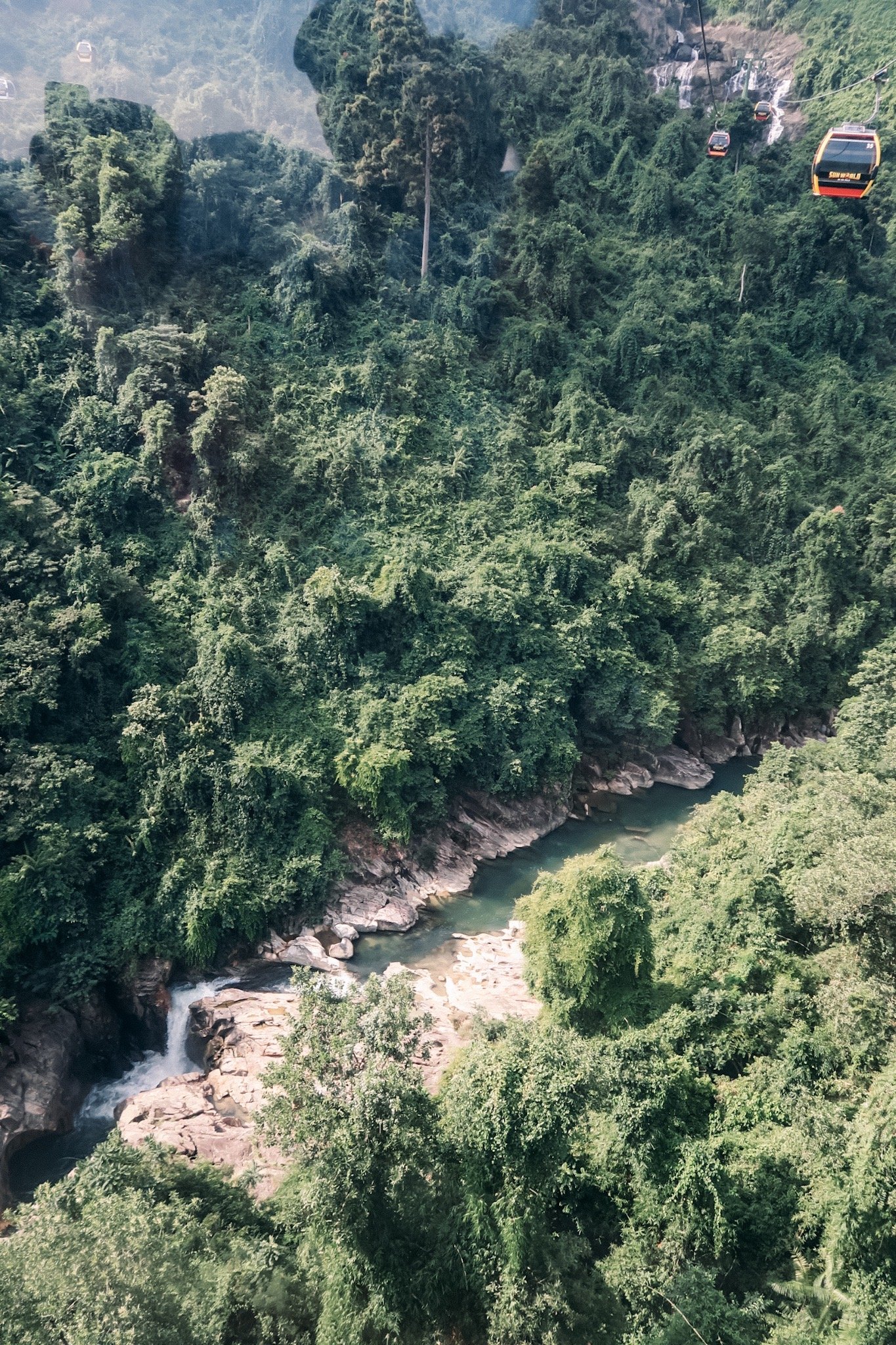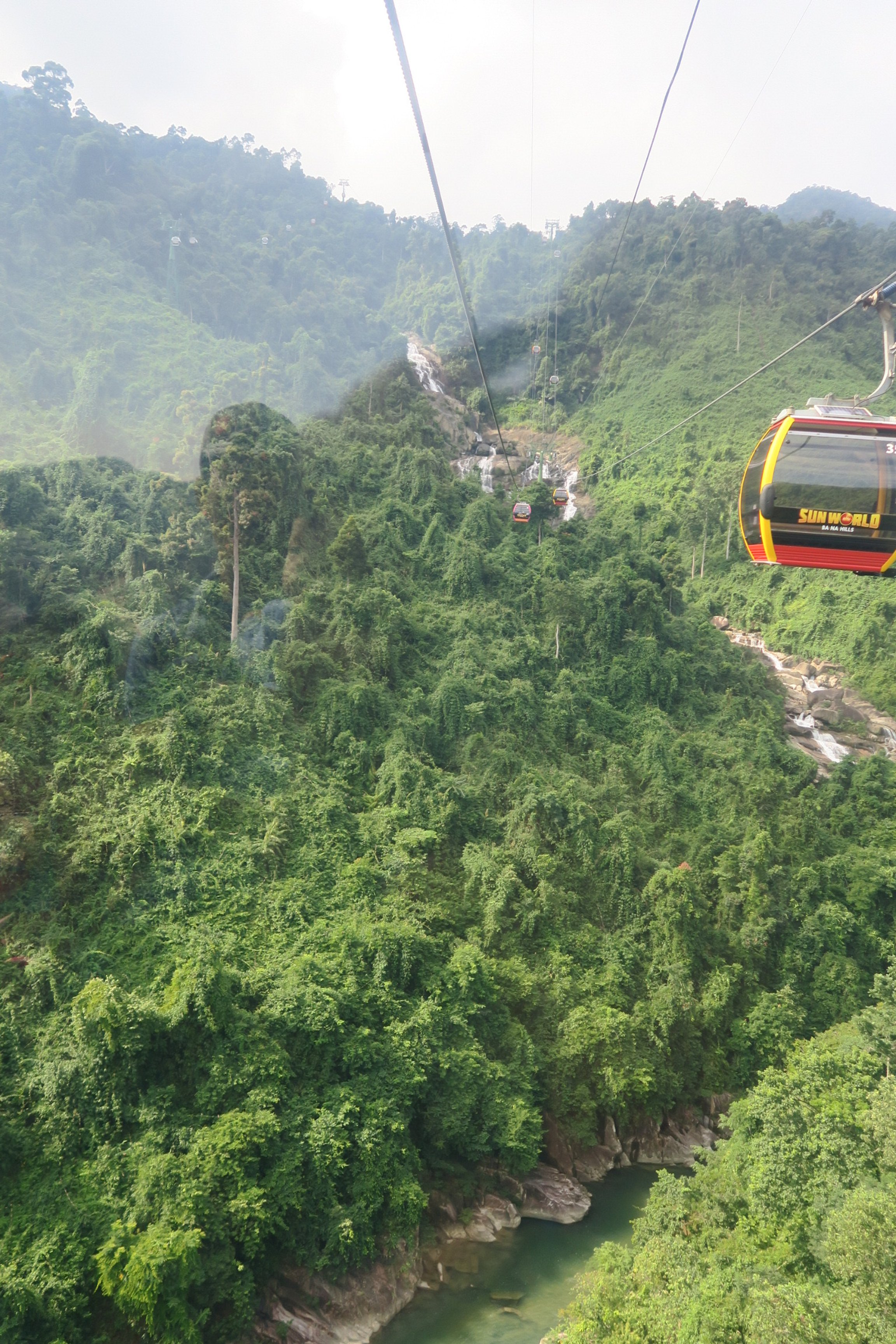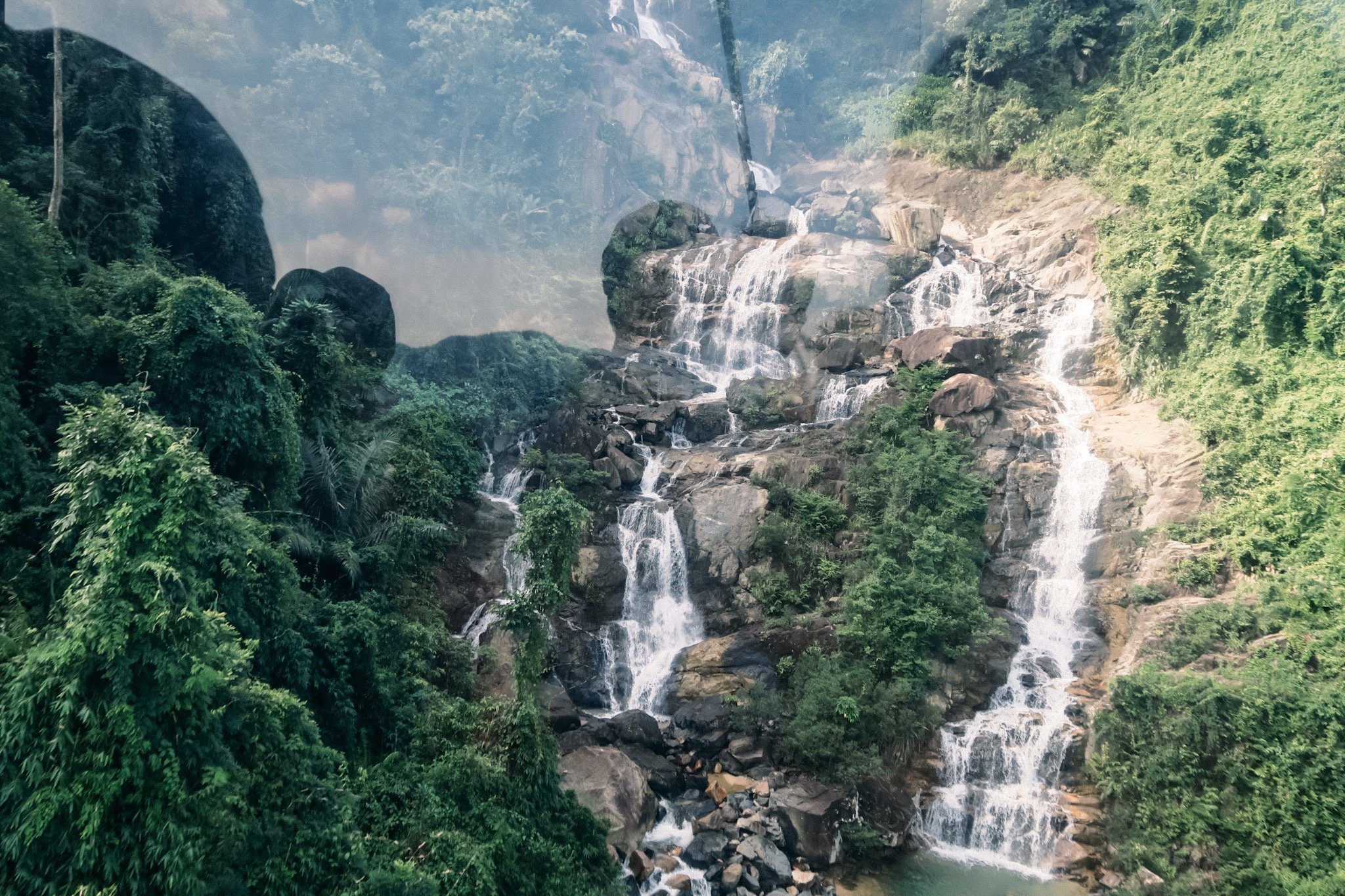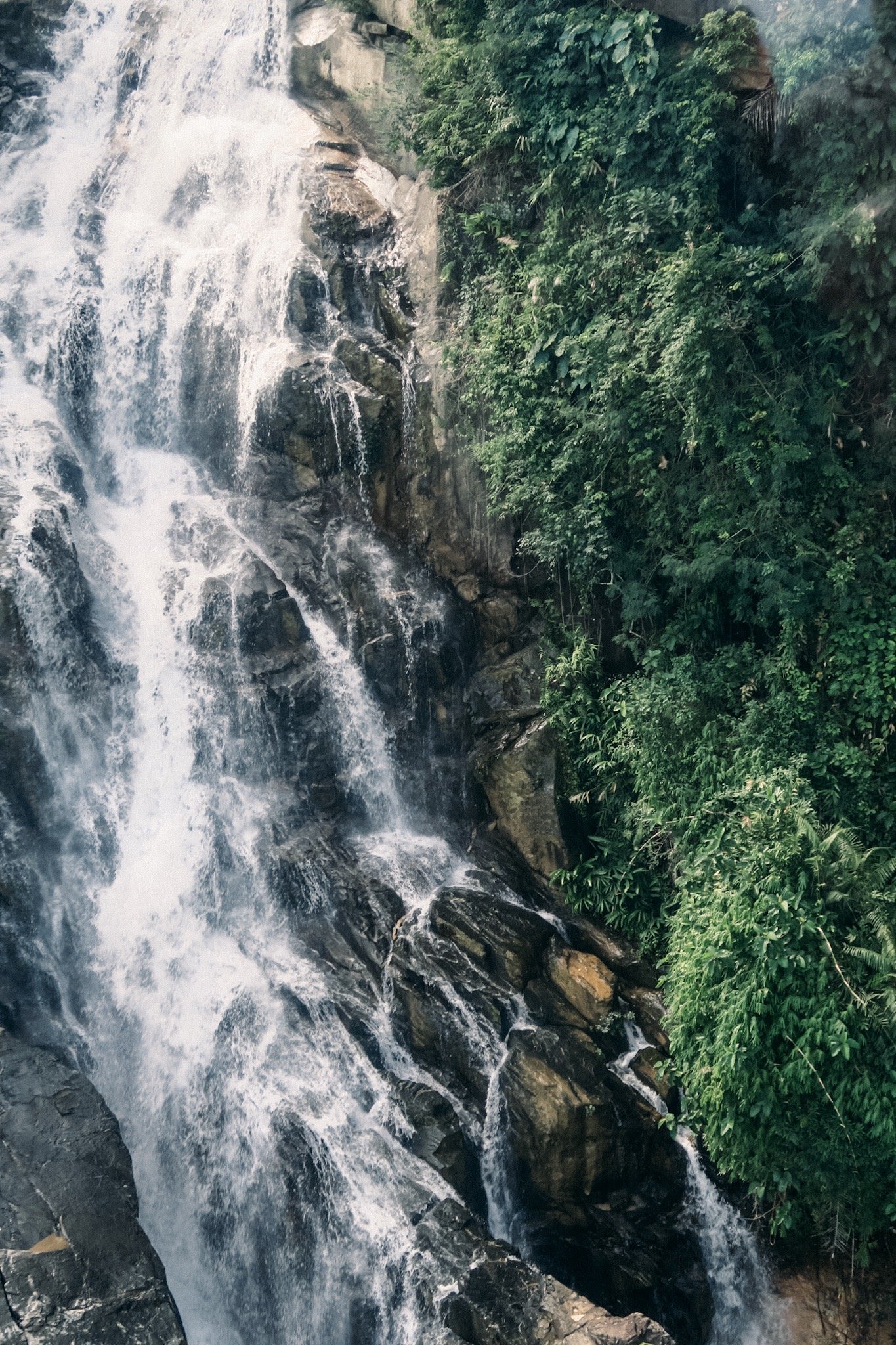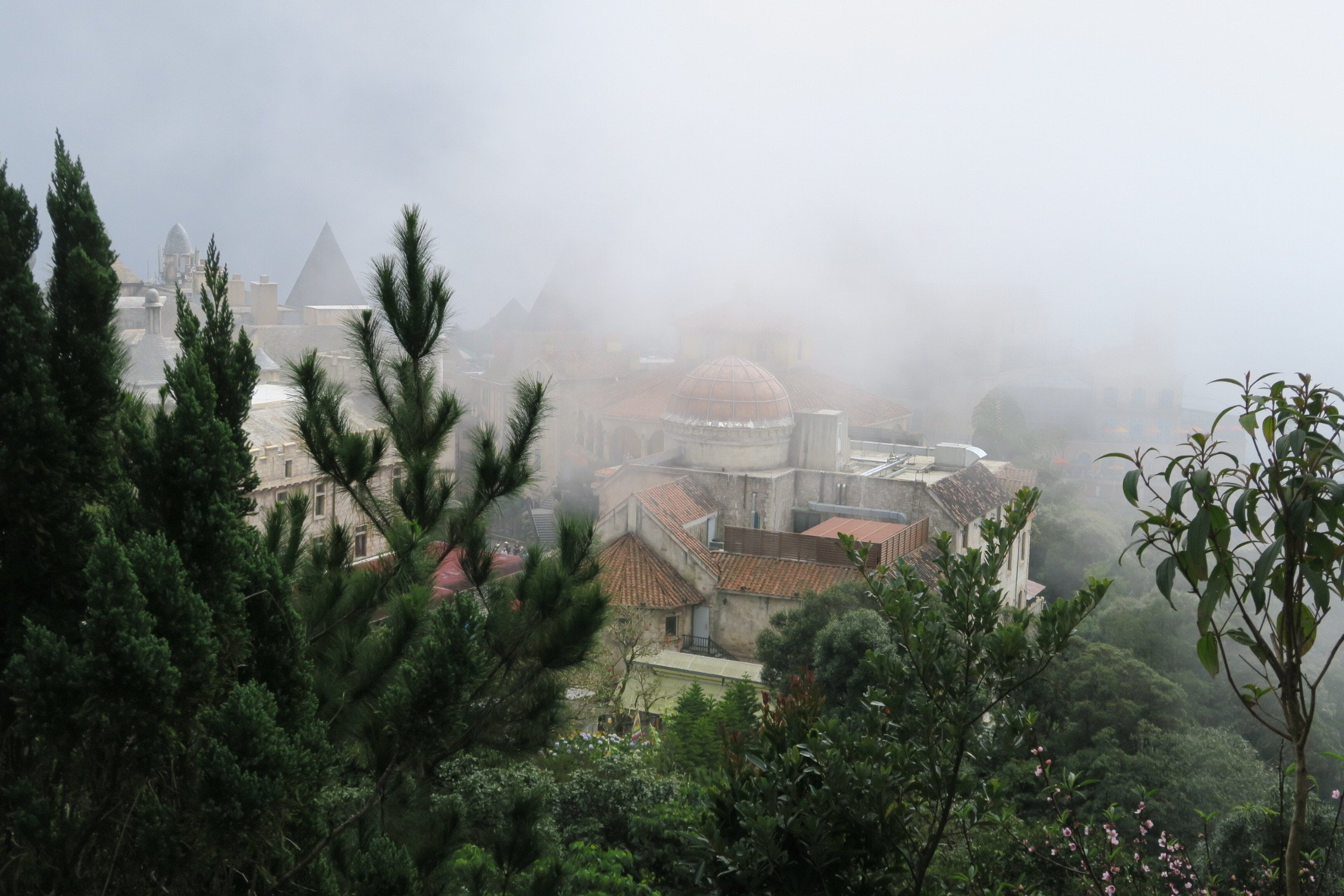Vietnam Week Twelve: Hoi An
Last week I wrote about how I travelled from Hue to Hoi An via Hai Van Pass on a motorbike (you can read about it here). Hoi An was probably one of my favourite places in Vietnam. I loved it’s architecture, colourful streets and it’s food! The Old Town of Hoi An is a UNESCO World Heritage Site. Hoi An was a trading port and it is still well-preserved, with it’s buildings reflecting a blend of native and foreign influences.
My airbnb hostess told me that Hoi An translates to “a peaceful meeting place” — which I could imagine, a few years ago. The city is very atmospheric, and it does give you a sense of calm, quiet and peace (especially now that I think back to my travels) however, it’s of course full of tourists today. Despite that, if you walk around and try to ‘get lost’ you will find some peaceful streets.
I stayed at this AirBnB. It was nice because it was between the Old Town and the beach. It was a 20 mins walk to both. They also had bicycles that guests could use for free. I walked to the town sometimes, and returned with a Grab motorbike. (I definitely recommend using this app. The fair is set and you don’t have to negotiate a price and they are always friendly people driving.)
The Old Town has preserved its incredible heritage of Japanese merchant houses, Chinese temples and ancient tea warehouses — however, local residents and rice fields have been gradually replaced by tourist businesses. Cafes, bars, hotels, and a plethora of tailor shops are everywhere.
Still, like I already said, walking around streets, taking the wrong turn can prove to be magical. It is also nice to go down by the market and over to Cam Nam island, where things seem more calm and less westernised. There is amazing scenery to discover by bicycle or motorcycle and I definitely recommend travelling around Hoi An and experiencing it’s more authentic side.
Here is a list of places to visit in Hoi An:
Cua Dai Beach: I walked here and saw the sunset. It’s not an amazing beach, but it’s still nice to visit and see.
Handicraft Workshop: Housed in a 200-year-old Chinese trading house, the Handicraft Workshop has artisans making silk lanterns and practising traditional embroidery in the back.
Japanese Covered Bridge: This beautiful little bridge is a symbol of Hoi An. The bridge was first constructed in the 1590s by the Japanese community to link it with the Chinese quarters. Over the centuries the ornamentation has remained relatively faithful to the original Japanese design. The French flattened out the roadway for cars, but the original arched shape was restored in 1986.
Li Me Shop: Amazing shop in Hoi An. Everything is made with linen and is naturally dyed. I loved everything in this shop. The owner who is also the designer is happy to make alterations to clothes for you, she made special size indigo trousers for me which was really nice of her! (No extra cost) Definitely recommend visiting! Here is her instagram account.
Mango Mango: One of the most beautiful Hoi An restaurants, with an amazing view of the river. I really liked the food and I must say that the cocktails here were amazing as well.
Morning Glory: I ate here twice. There are three morning glory restaurants in Hoi An. They are all in historic buildings which create a very nice atmosphere. The food is traditionally prepared and reminds of street food. There is a great selection of vegetarian options as well, one of my favourites were the smoked aubergines.
Nu Eatery: One of my favourite places to eat in Hoi An. Seasonal small plates, perfect for someone travelling alone. I ate pork-belly buns and the classic Vietnamese salad with pineapple and pomelo. They also have amazing chilli and ginger ice cream!
Old House of Tan Ky: This House was built two centuries ago by a Vietnamese family. This house has been preserved through seven generations. Japanese and Chinese influences can be found in the architecture.
Precious Heritage Art Gallery Museum: My favourite stop in Hoi An. A cross between a museum and a gallery. A combination of amazing photos of Vietnam's hill tribes with artefacts and clothing collected from each group during the photographers wide-ranging travels in remote areas. More about this further down.
Reaching Out Teahouse: Great service from the staff here, fantastic quality tea, coffee and biscuits. A range of local blends of both coffee and tea as well as refreshing fruit juices. A charming atmosphere of an ancient, tastefully decorated house in the heart of the town. The staff is speech and hearing impaired and you are welcomed and treated with smiles and the friendliest gestures. I went here a few times, it’s the perfect place to relax and read.
Sunday Shop: Probably my favourite shop in Hoi An. Here is a quote from their website: “The team at Sunday in Hoi An has sought to work with master artisans from various handicraft villages throughout Vietnam and Southeast Asia to create beautiful handmade products from natural materials such as bamboo, silk, linen, wood… We are passionate about curating a chic and sustainable experience and lifestyle using the exceptional creative skills that our artisans have to offer. And we hope that by doing so, we can deliver a little sunshine from Hoi An to enrich your life and the space you live in.”
Thanh Ha Terracotta Park: This is a place I really wanted to visit but unfortunately didn’t have time to… The museum presents an overview of the history of terracotta in different countries and cultures around the world. Often there are local craftspeople in residence in the museum's workshop and you can see them creating.
U Cafe: U Cafe is a hidden gem in Hoi An. Almost unknown by tourists, (a friend recommended it to me) and mostly visited by locals. It is owned by a Japanese lady. This cafe only uses organic products from local farmers and offers delicious coffees with a great view of the river. The facilities are very clean and nice, with beautiful fish ponds in two floors. It's a good spot to relax and sip a nice cup of coffee while enjoying the sunset.
White Marble Wine Bar: Hoi An’s only wine bar! It is located on the corner of Nguyen Thai Hoc and Le Loi Street, which makes it a great place for people-watching. It is a bit pricey for South East Asia, however I think its worth it. The food, wine and cocktails are all amazing and so is the staff. I loved everything about this place and I would definitely go there again next time I am in Hoi An.
The Espresso Station: My favourite cafe and coffee in Hoi An. It is tucked down a cute little alleyway, it has a really nice garden setting and it’s very chilled with a relaxed vibe and very friendly staff. I tried the dark soul latte which is an espresso blended with hot creamy milk and Activated Charcoal. I also tried the pink latte which consists of steam milk and beetroot and no caffeine. Both were really nice! They also have amazing granola that they prepare themselves.
It’s important to note that more than 800 historic buildings in Hoi An have been preserved and that is why the Old Town looks like it used to look several centuries ago. Eighteen of these buildings are open to visitors and requite a pass/ticket for admission. (The fee goes towards funding conservation work.) Each ticket allows you to visit five different heritage attractions from a total selection of 22 including museums, assembly halls, ancient houses etc. I didn’t get the ticket however a few people I met got it and said it was worth it.
One of the things I did while in Hoi An was a lantern making workshop. I found this on the AirBnB website under Hoi An experiences. Hoi An is well known for it’s lanterns, which decorate houses, streets and temples. Traditionally the lanterns were only made of silk and the shapes in which they were made were limited. However, with the passage of time, lantern makers have diversified not only the shapes of the lantern but also the fabric and structure which they use to make them. As a result now, a lot of the lanterns around Hoi An are shaped as lotuses, diamonds, triangles and garlics, and they are made from a cardboard structure (instead of bamboo) and nylon fabric (instead of silk). I made a lantern the traditional way, with bamboo sticks and silk. The lantern is foldable which made it a convenient hand made souvenir for me to carry home. As I mentioned above, my favourite stop in Hoi An was the Precious Heritage Museum. The Precious Heritage Museum and Art Gallery is home to the permanent exhibition of Réhahn’s Precious Heritage Collection.
Rehahn is a photographer who travelled around Vietnam, taking photos and collecting traditional clothing from all the ethnic groups of Vietnam. “No one can deny that the Vietnamese are one of the most resilient nations in the world. Their ability to adapt to their environment and the ever-changing times is something to be admired. Vietnam is incredibly rich in diversity and celebrates it in many ways.”
The museum consists of five rooms, it presents hundreds of portraits and over 60 costumes. As you visit each room you can follow Rehahn’s 8 year journey documenting 51 out of the 54 ethnic tribes left in Vietnam.
One of my favourite Northern ethnic groups are the Lo Lo. This ethnic group is divided into three subgroups: the Flower (photos above), the Red and the Black. The latter get their names from the main colour of their traditional clothes, whereas the Flower Lo Lo get it from their colourful costumes. The Lo Lo flower still make their traditional costume today. It is considered one of the finest in Vietnam, and one of the most expensive ones. A costume costs around 1200$ which makes sense since it is covered with more than 4000 triangles sewn after the appliqué technique and it takes two hours to stitch five of them! A full costume might take a year to be created.
The flower H’mong is a subgroup of the H’mong ethnic group and are considered to be one of the most colourful. A lot of the cultural history can be found in the intricate symbolic textiles and patterns that these people produce. The costumes are filled with so many details, and take up to six months to be created.
According to Rehahn, the traditional costume above was one of the hardest to find. He visited 20 villages until finally meeting a woman who owned the original version. The Cor women traditionally wear it with necklaces made out of tiny beads following the same patterns of colours.
There are three Ta Oi subgroups. From these three, only one, the Kan Tua people know how to make the traditional costume. This weaving technique is called zeng and what’s special about it is that there are tiny glass beads woven in the brocade pattern. This local craftsmanship is slowly disappearing but thankfully local women have started workshops not only to manufacture the costume again but to teach this technique. I will definitely be doing a workshop like this next time I am in Vietnam.
The Dao have nine subgroups. Each has their own traditional costume, to distinguish you have to pay attention to the colours but also the way clothes and accessories are draped, tied and worn. The women use indigo to dye their costumes and the batik technique to create beautiful patterns.
This museum really celebrates craftsmanship, history, customs and makers! Through a collection of traditional costumes of 51 ethnic groups the museum shows the diversity, techniques and beauty of traditional dress. Hemp, indigo, batik, appliqué, embroidery — all these show the ancestral material and knowledge and how they are 100% handmade!
Tribes in the north such as the H’mong are still cultivating hemp, a naturally coarse fibre that involves a very time-consuming process before being spun. The same way, Indigo which is derived from the plant is the result of a long series of steps: collecting, drying, fermenting, oxidising, making the powder and then dyeing.
Batik, which is drawing designs with bees wax on material (usually cotton or hemp) before dipping it into an indigo bath to dye and reveal the patterns. The H’mong usually dye their batiks up to 15 times. Between each bath they usually let it dry 1 or 2 days. The process is very time consuming. The Ta Oi costume which consists of thousands of beads handwoven on cloth take months to make and so does the flower Lo Lo embroidery and appliqué.
The museum really focuses and stresses the amount of work, time and effort put in each one of these costumes. It also really explains each technique with text and photos. This is really important, especially because tourists can understand the process of creating these textiles. I saw so many tourists bargaining and asking for lower prices for items that are 100% handmade and it made me so angry. People in South East Asia are already selling items for much lower prices than things are worth. Hopefully visiting this museum educates people to understand and value the makers of these handmade heirlooms.
One of the day trips I did while in Hoi An was to visit Mỹ Sơn ruins. Mỹ Sơn is a group of abandoned and partially ruined Hindu temples, constructed between the 4th and the 14th century by the kings of Champa. The temples are dedicated to the worship of the god Shiva. Mỹ Sơn is located near the village of Duy Phú, 69 km southwest of Da Nang.
From the 4th to the 14th century AD, the valley at Mỹ Sơn was a site of religious ceremony for kings of the ruling dynasties of Champa, as well as a burial place for Cham royalty and national heroes. Mỹ Sơn is perhaps the longest inhabited archaeological site in Asia, but a large majority of it's architecture was destroyed by US bombing during only a week of the Vietnam War. At 1999 Mỹ Sơn was recognised as a UNESCO world heritage site.
Its definitely worth a visit, it reminded me of Angkor Wat in Cambodia. There is also a small museum close to the entrance which provides lots of information about the history of Vietnam, how the temples were built, the Vietnam War and more.
The other day trip I did was to visit the Ba Na Hills. I have mixed feelings about this place. First of all, it’s expensive for what it is I think. It’s also very touristy and not in a good way. Way too many people, everywhere, everything is packed… However, I wanted to see the Golden Bridge which opened in June 2018. It is a 150 metres long pedestrian bridge, which has two giant stone hands designed to appear to support the structure.
The Ba Na Hills complex is one of the newest projects in Vietnam. It’s a mountaintop resort complex that looks like a medieval castle (which felt weird to be honest, I arrived and felt like I was back in Europe). It’s apparently made to remind you of the French Alps. The buildings are all European-style. I understand this might be really cool in the eyes of some people, but I didn’t like it. The restaurants and cafes had European/Asian fusion menus with prices that were wayyyy too high. There is also a wax museum (which again I found really random) and an amusement park.
One of the things I liked the most was the Cable Car which opened in 2013 and is the longest non-stop single track cable car and is almost 6,000 metres in length. It was amazing to be in there and look beneath you. The view was amazing, waterfalls, lakes, rivers, nature in all its glory. You can see Da Nang and the coast in the distance. This I really loved, and I was lucky to get on a cable car all by myself on the way down.
Anyway, I am glad I visited and some of the things I saw were really nice and interesting. However, it’s not a place I would visit again.
I enjoyed my time in Hoi An, it is a place I’d like to visit again if I am ever back in Vietnam. The food was great and there are definitely lots of shops, restaurants and cafes that I would go back to. I loved the colours of Hoi An they will definitely be a source of inspiration! For me, the most important place I visited was the Precious Heritage Museum and I hope that you will visit it if you are there.
Next week I will be writing about my time in Ho Chi Minh City as well as a very short trip back to Chiang Mai for the lantern festival (Loy Krathong), and two weaving workshops!
Have a lovely weekend,
xx
Christiana
